Day 19 - Walking The Nakasendō, Japan - A Magical Landscape Of Waterfalls, Turquoise Water Ravines, and the Central Alps
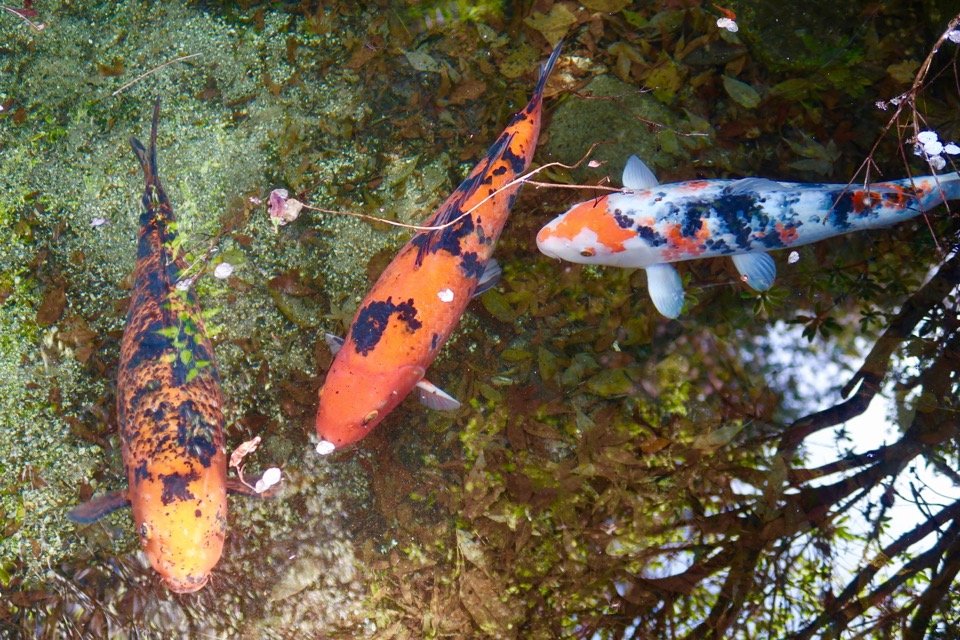
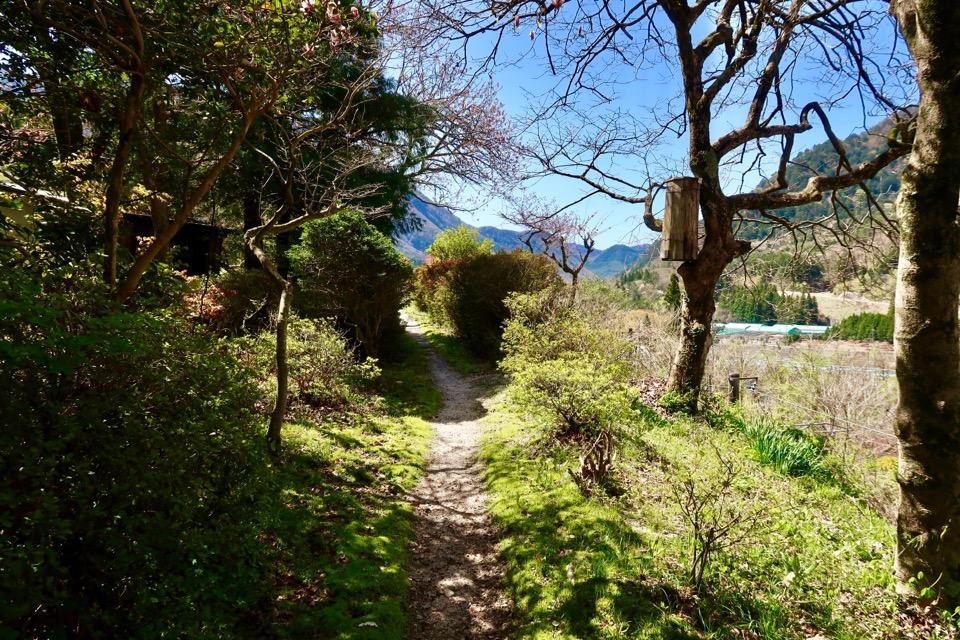
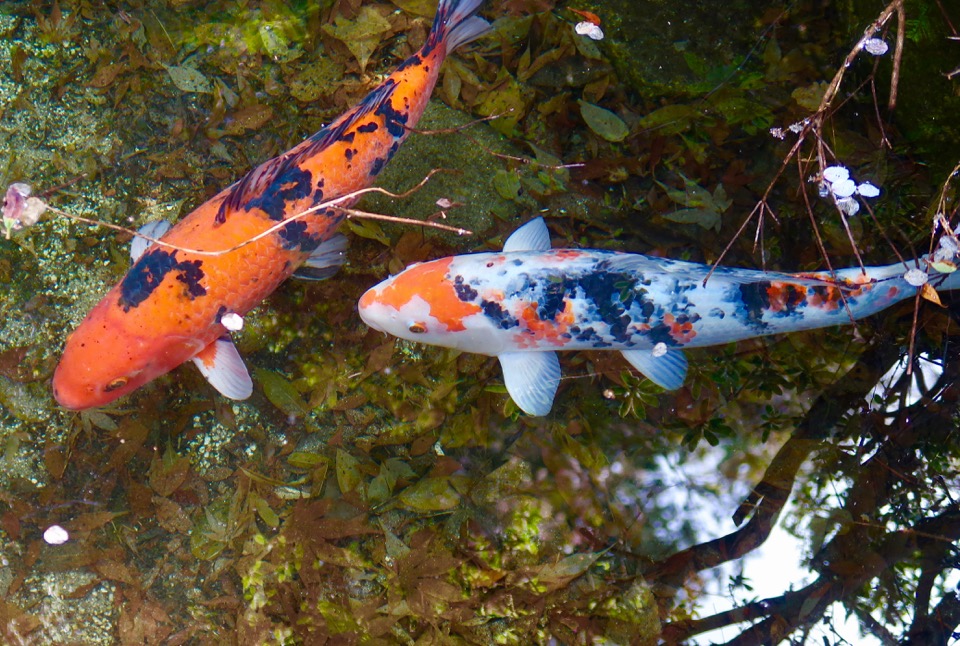
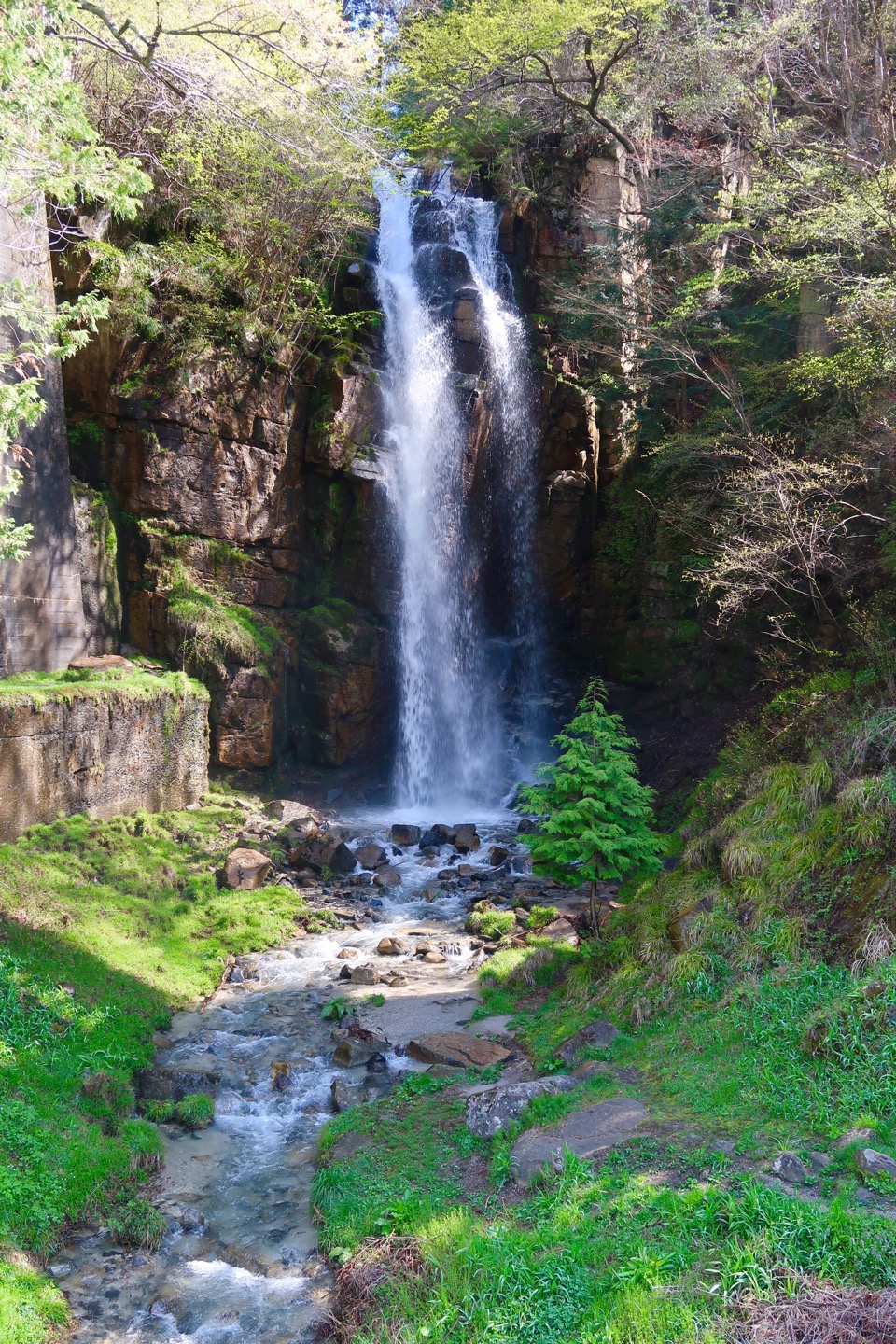
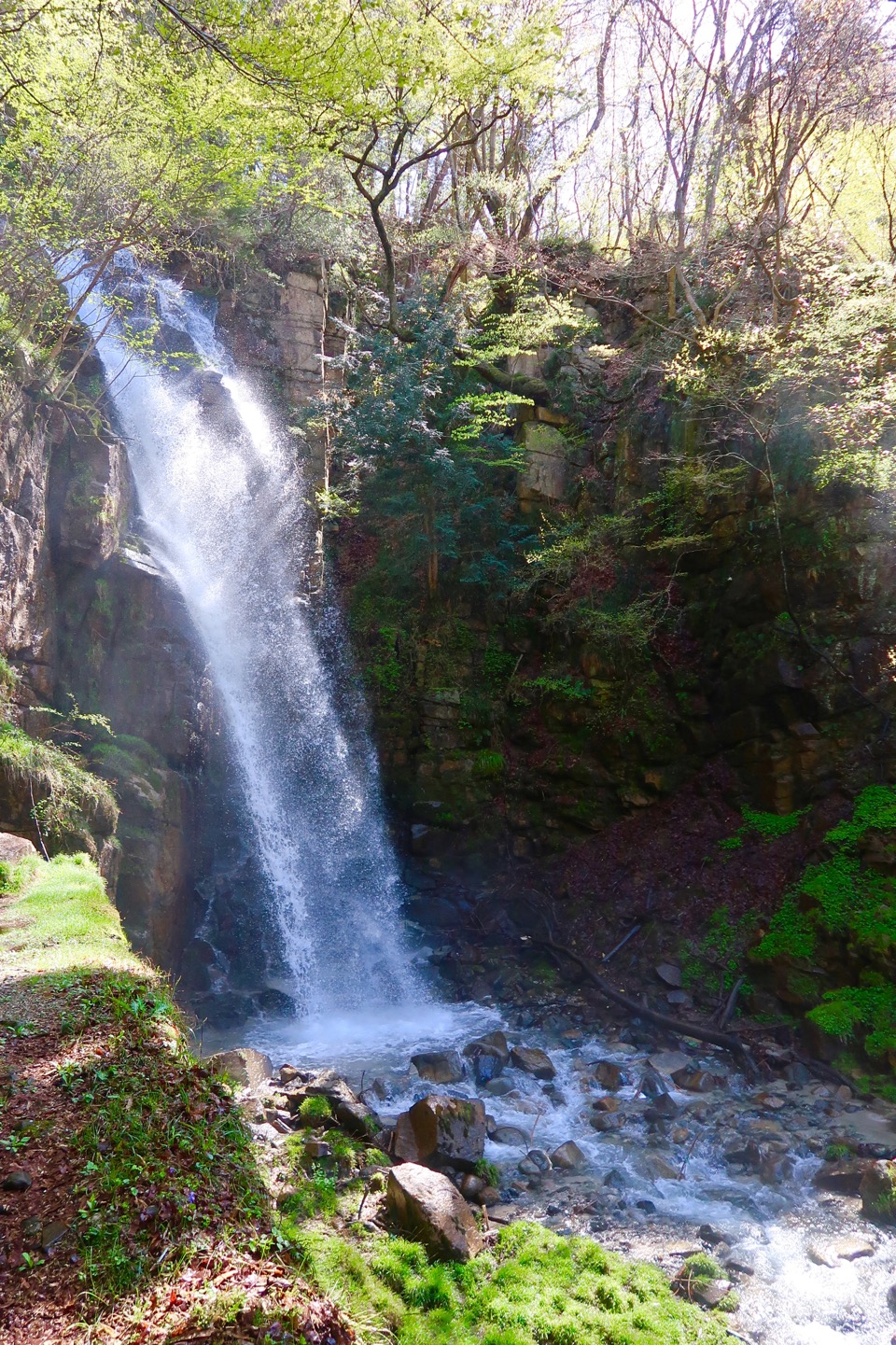
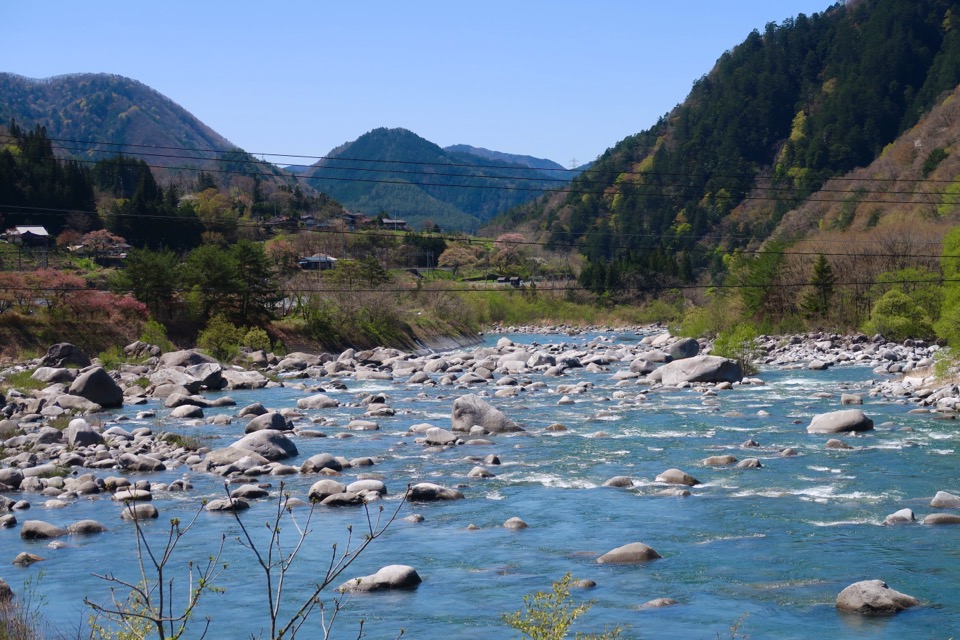
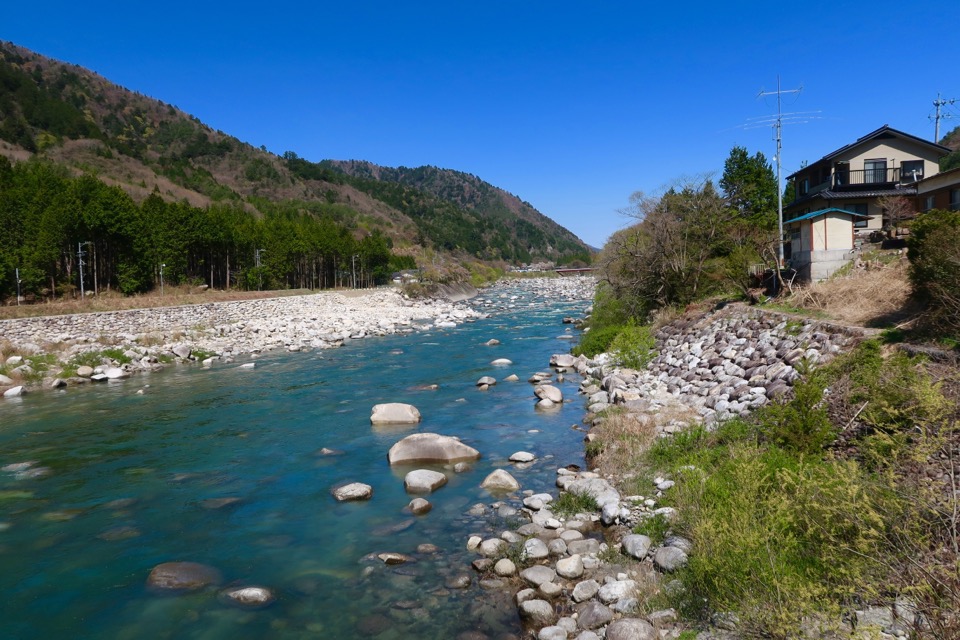
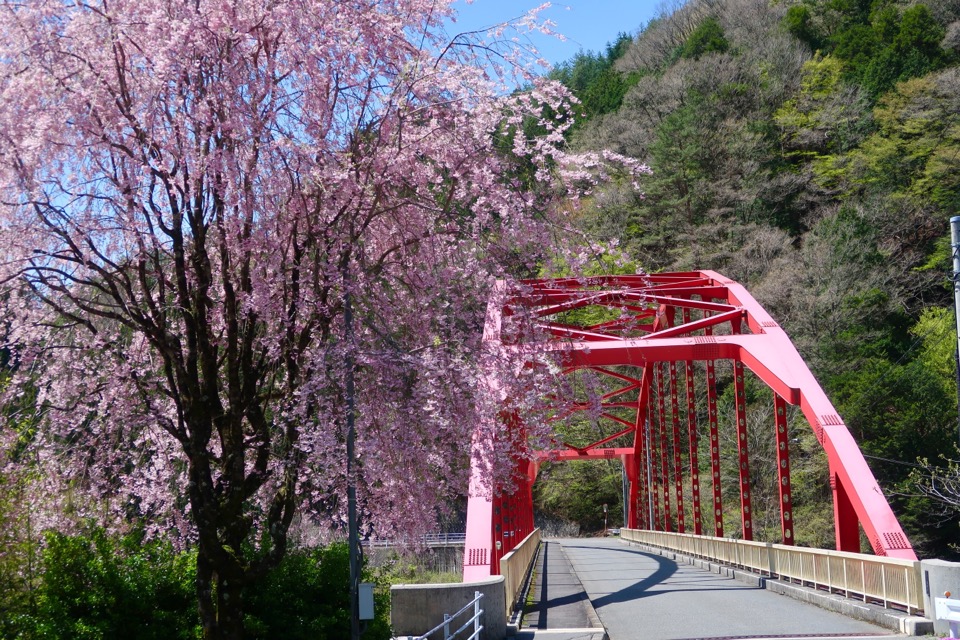
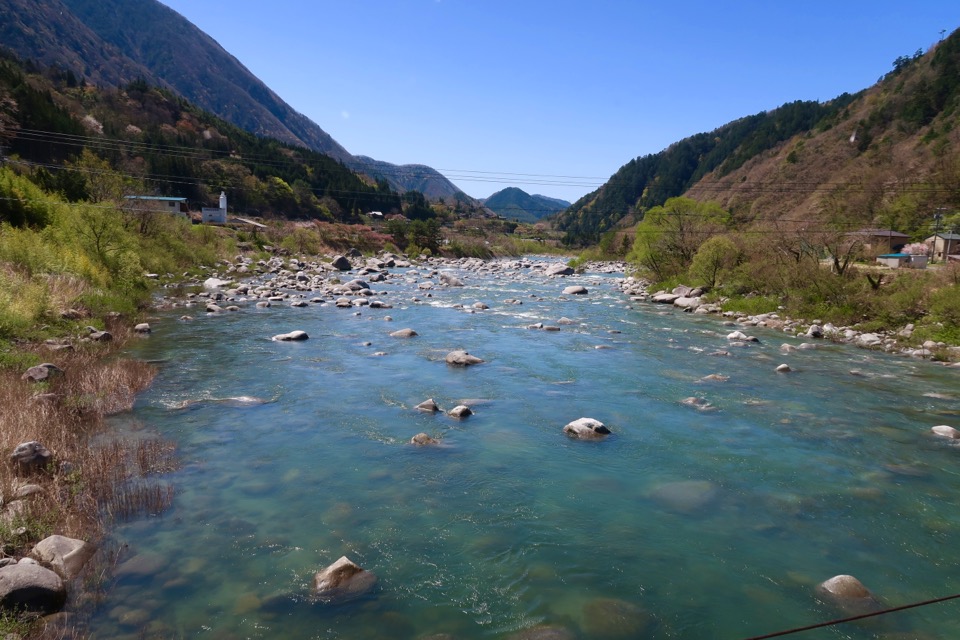
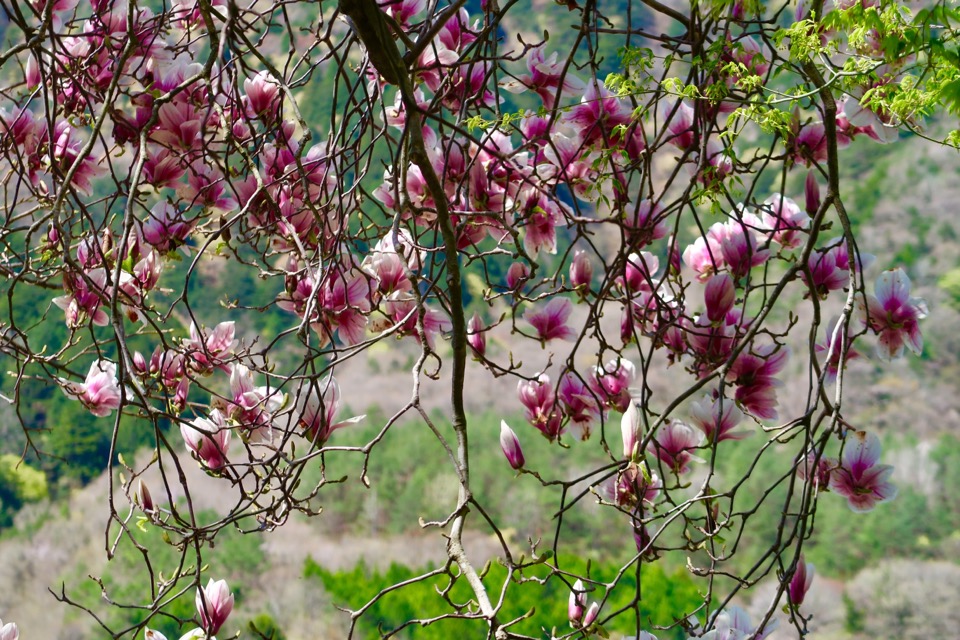
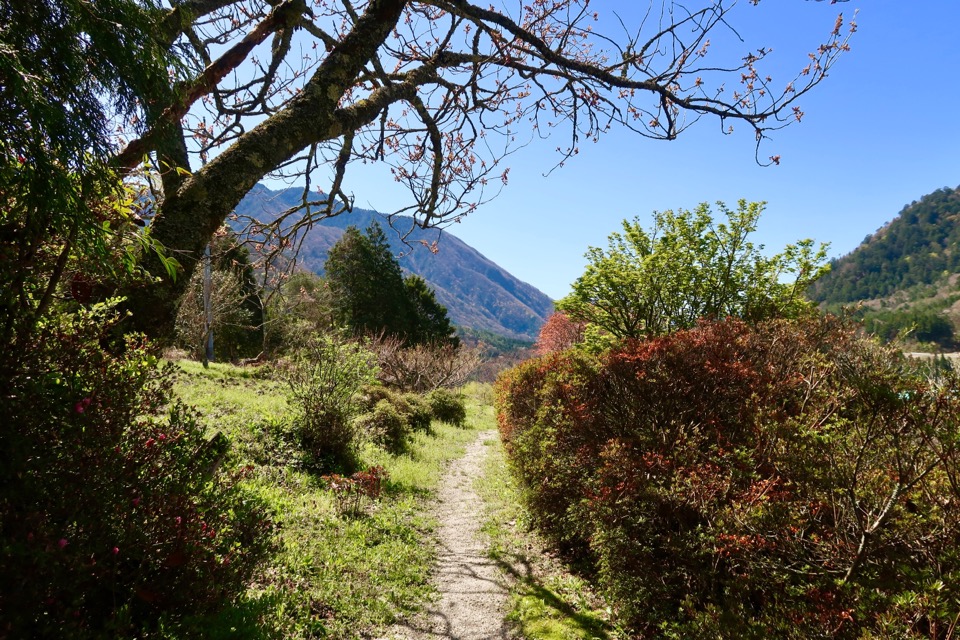
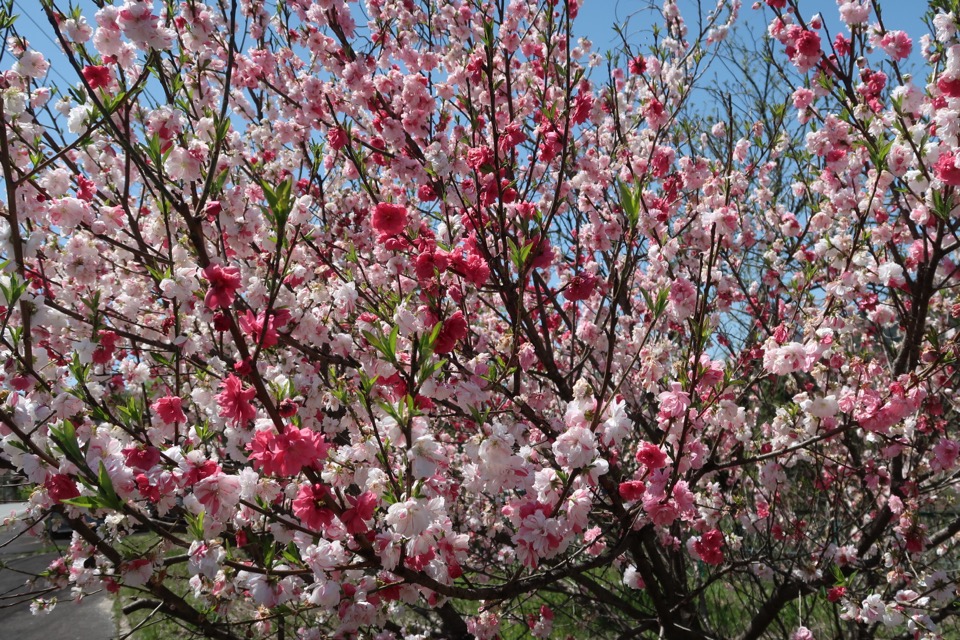
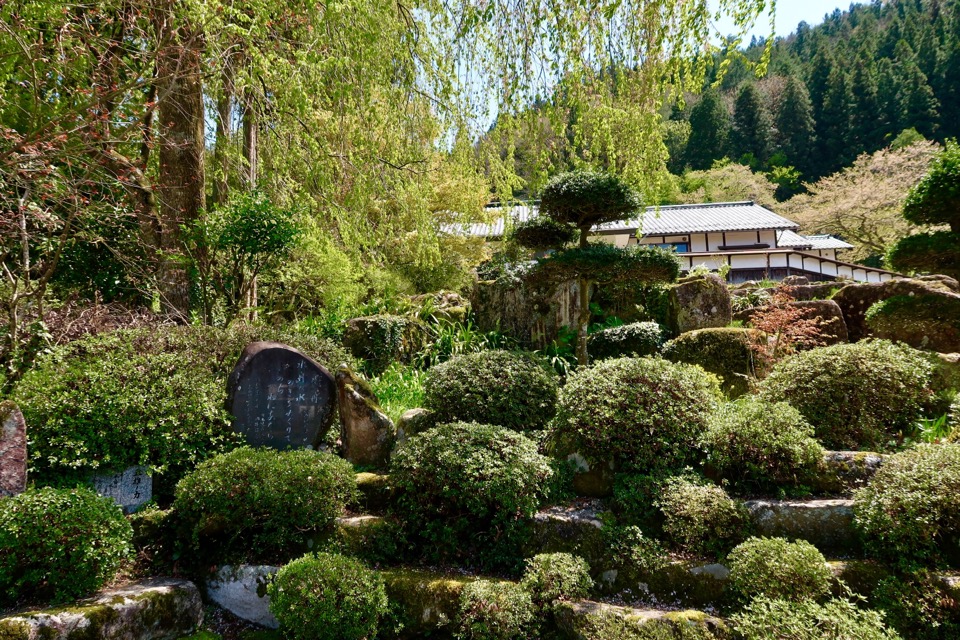
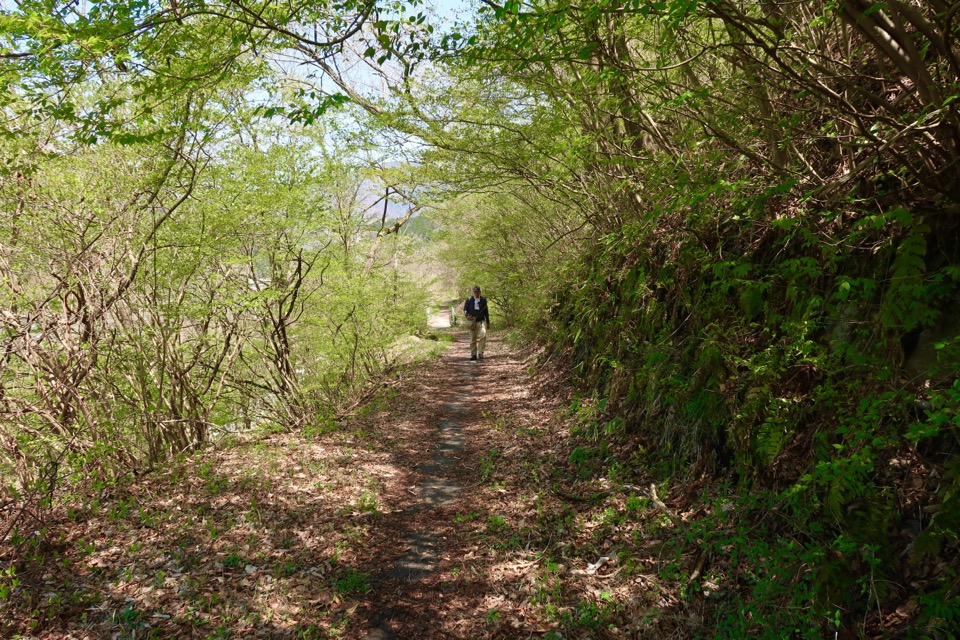
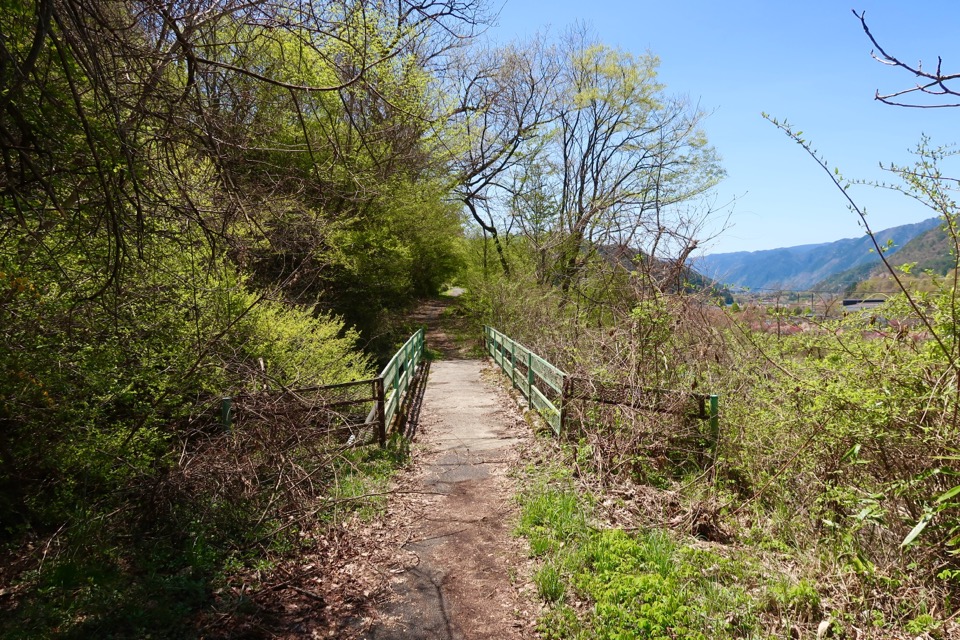
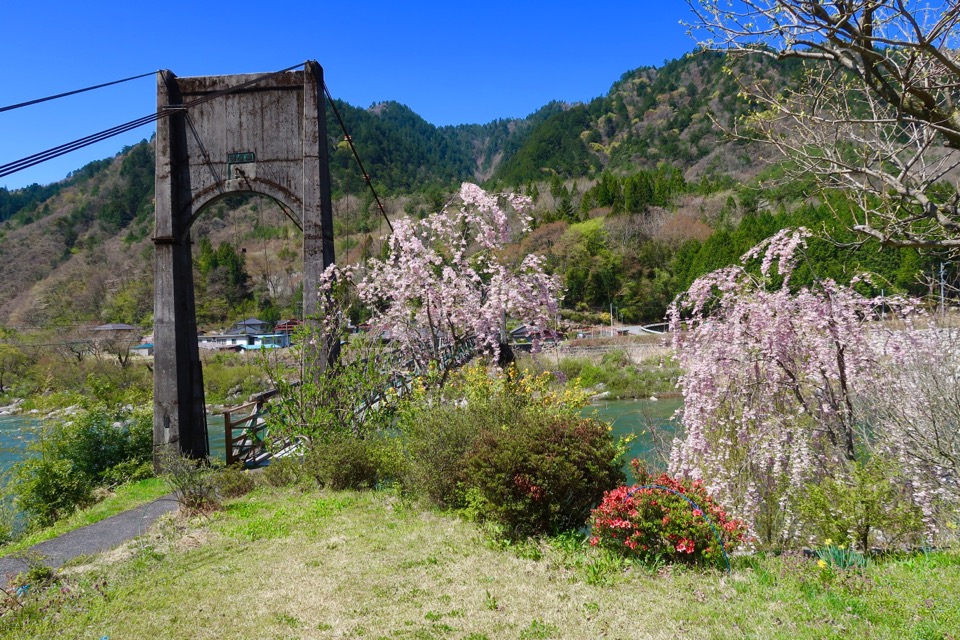
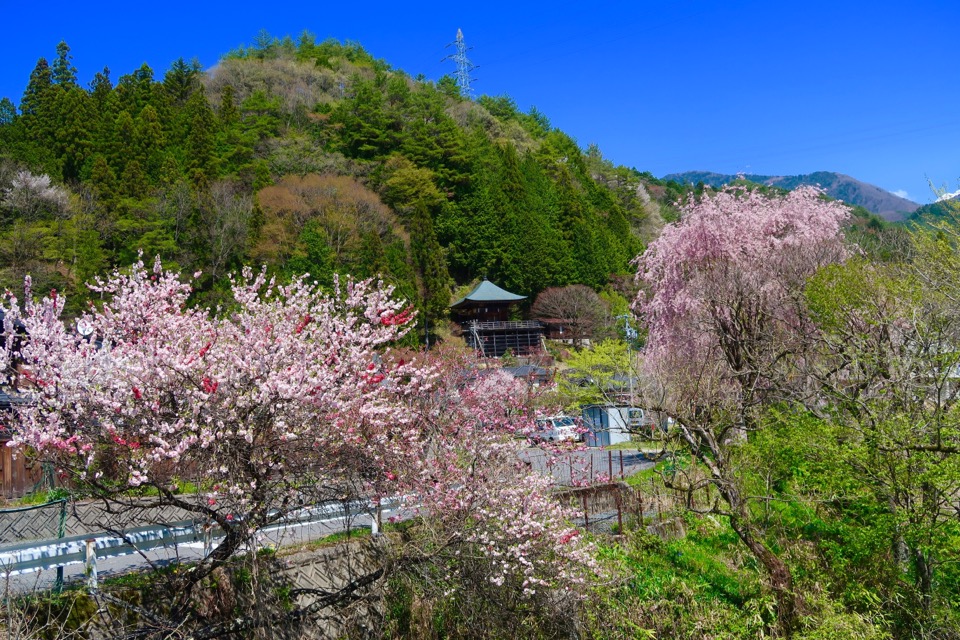
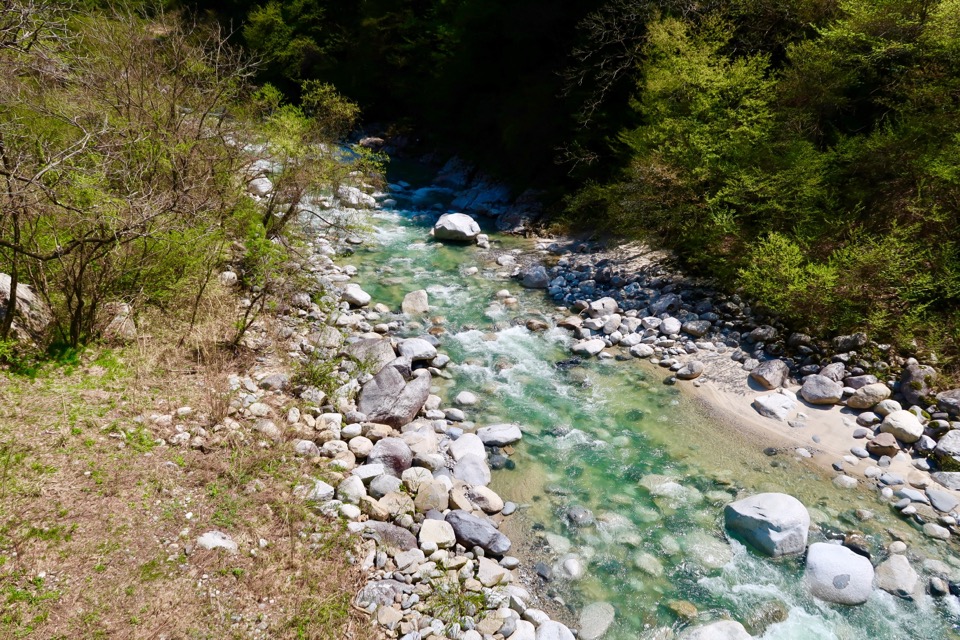
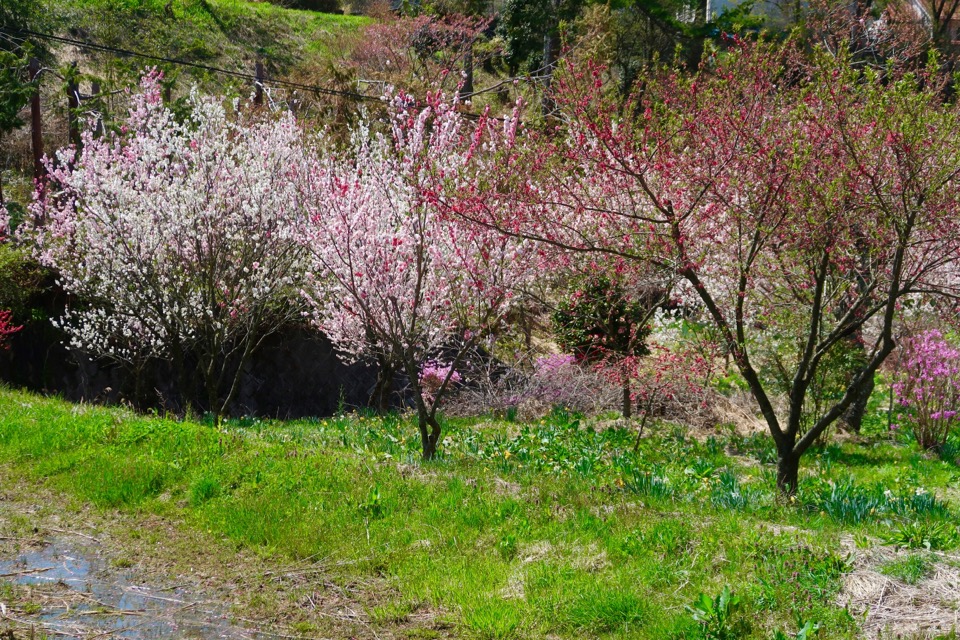
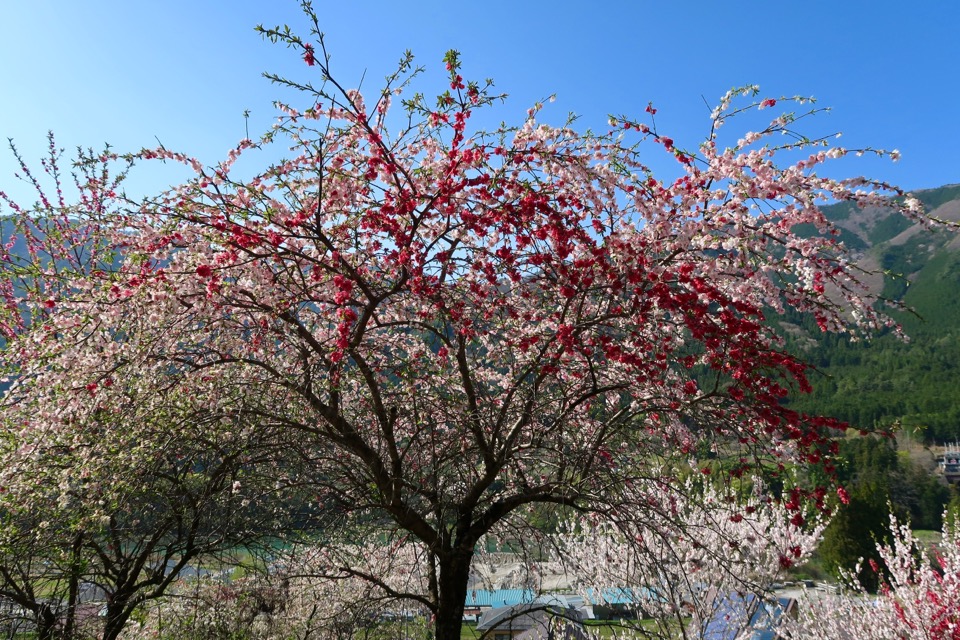
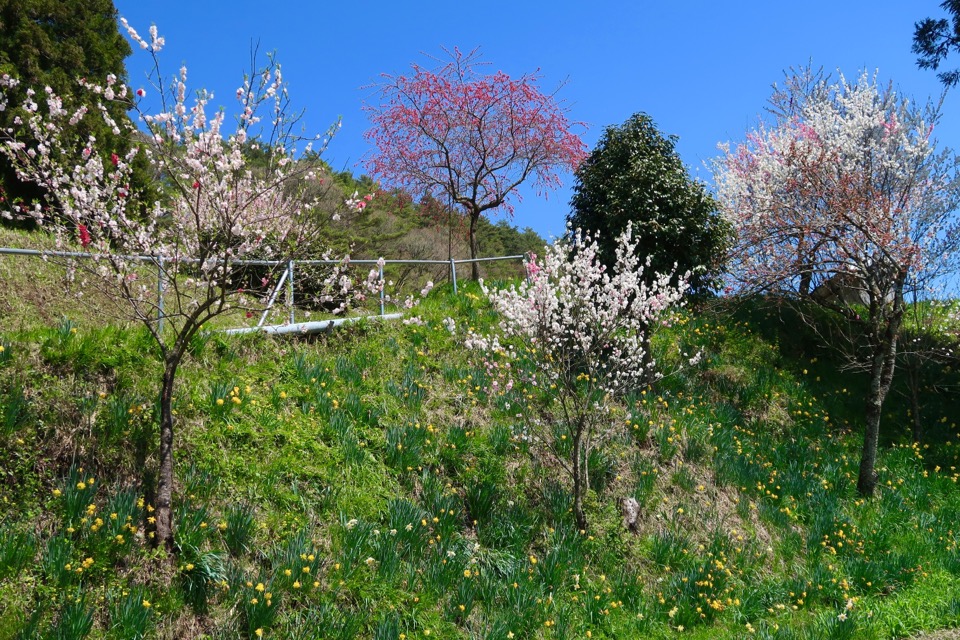
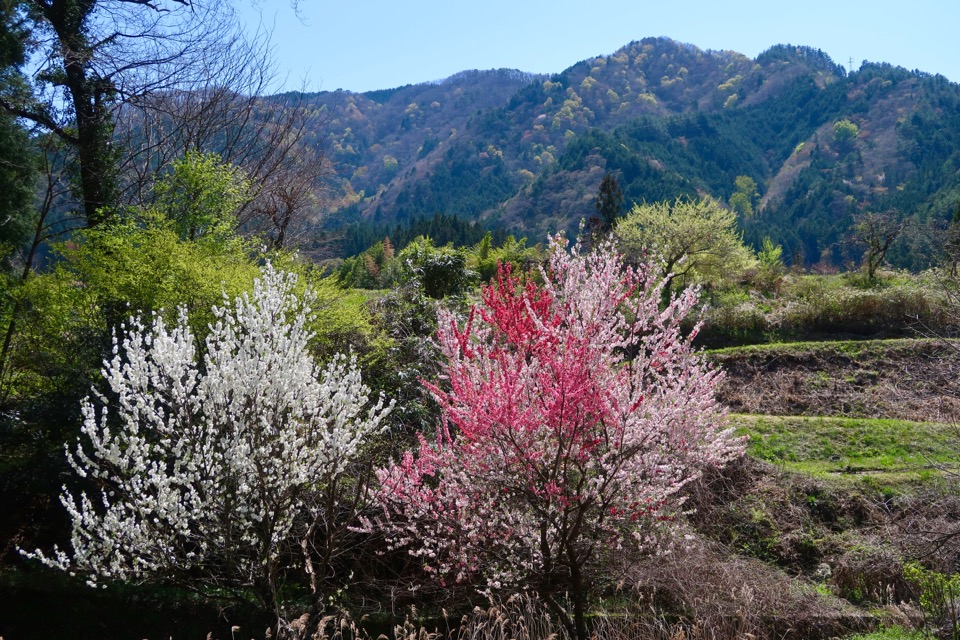
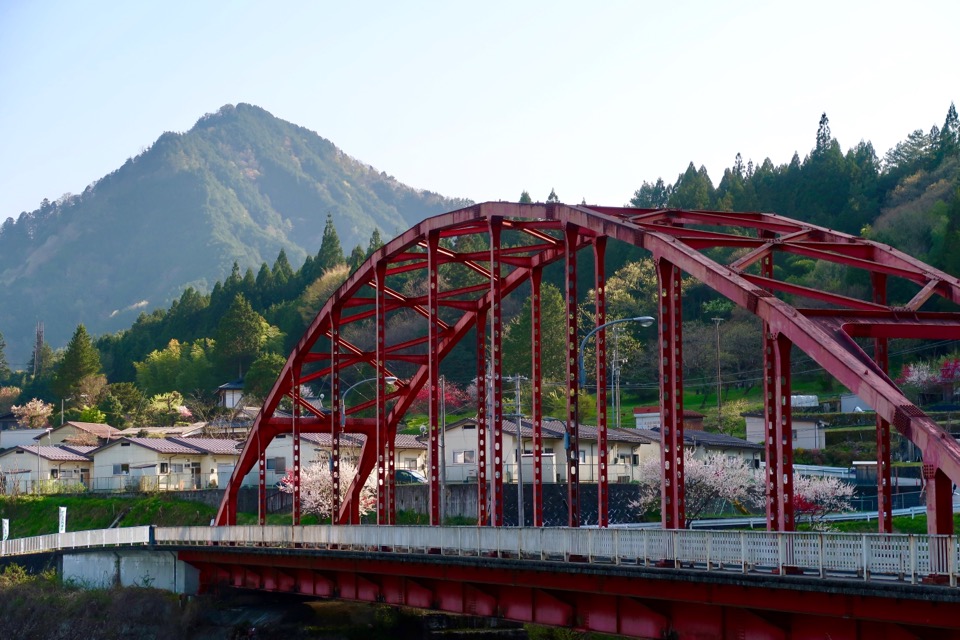
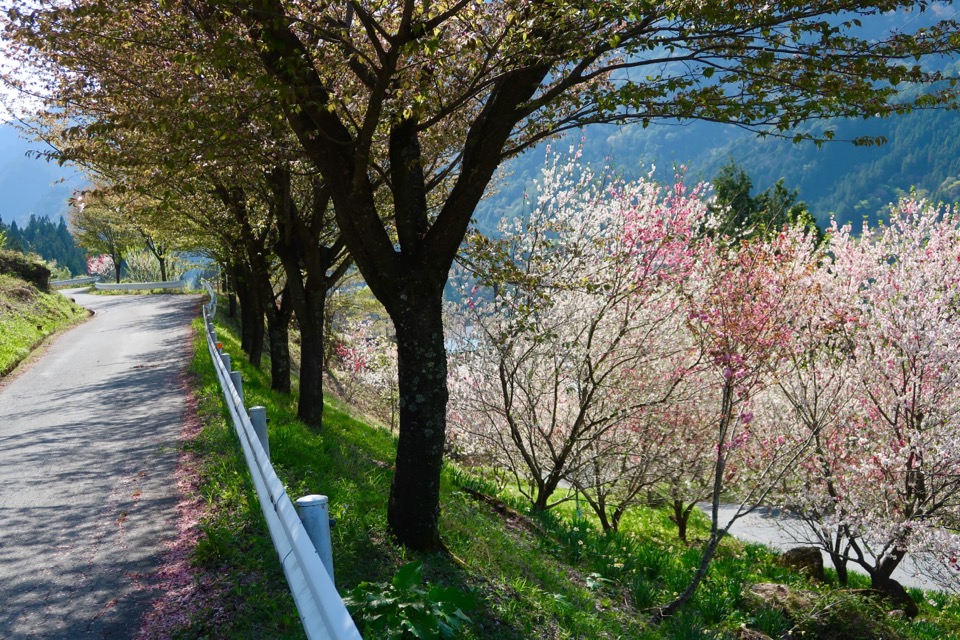
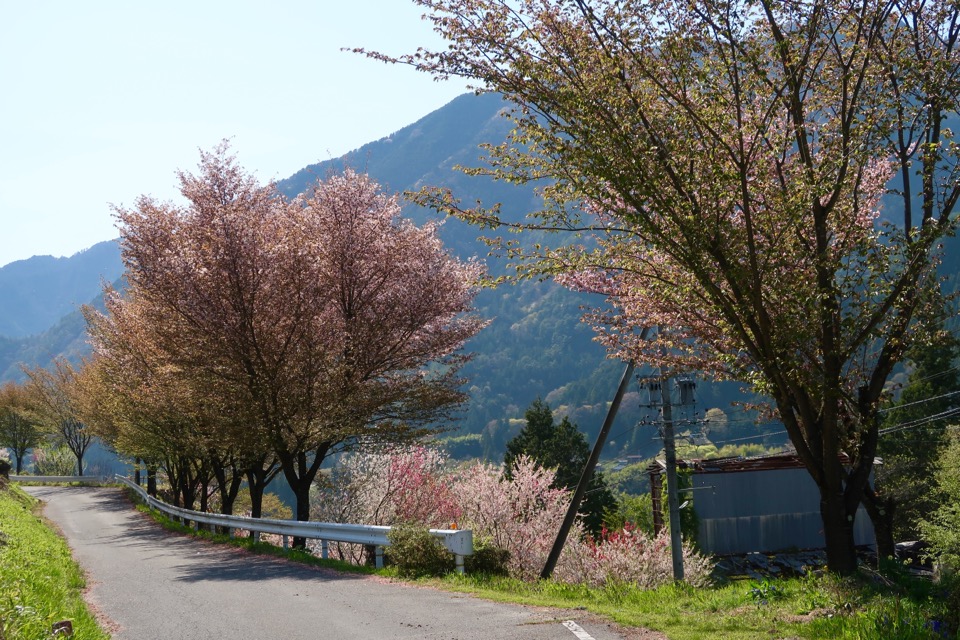
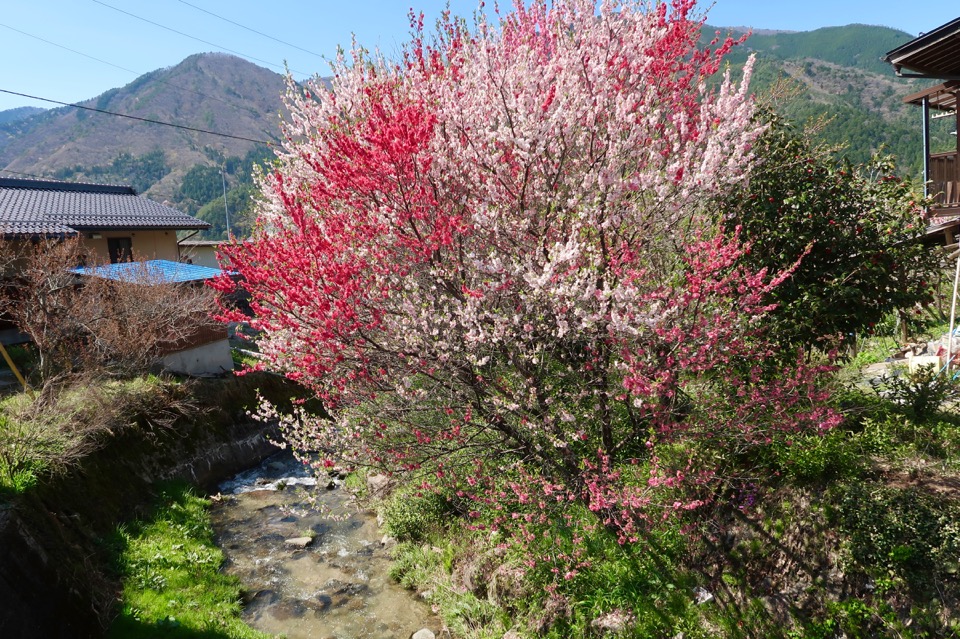
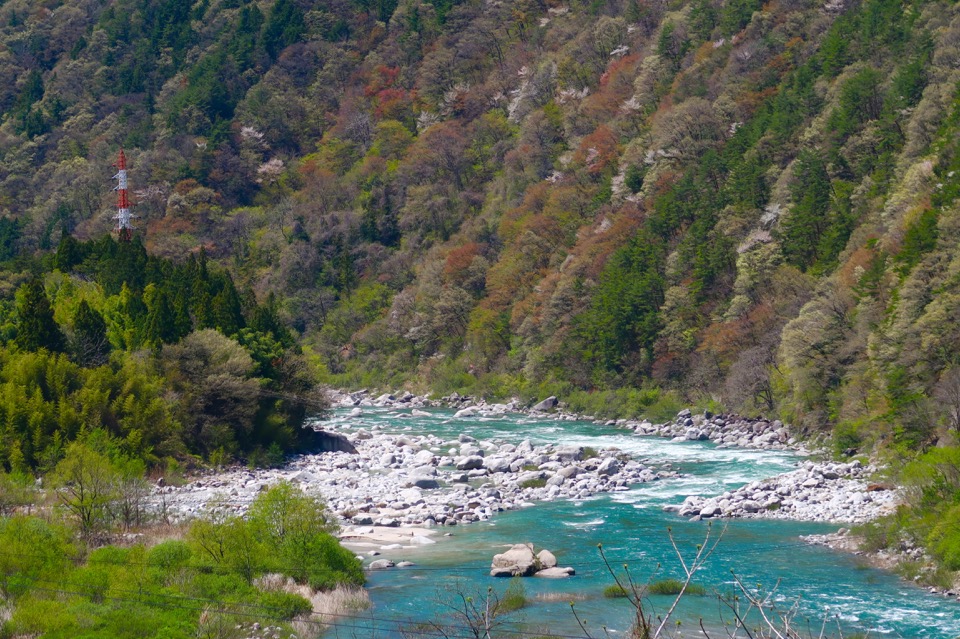
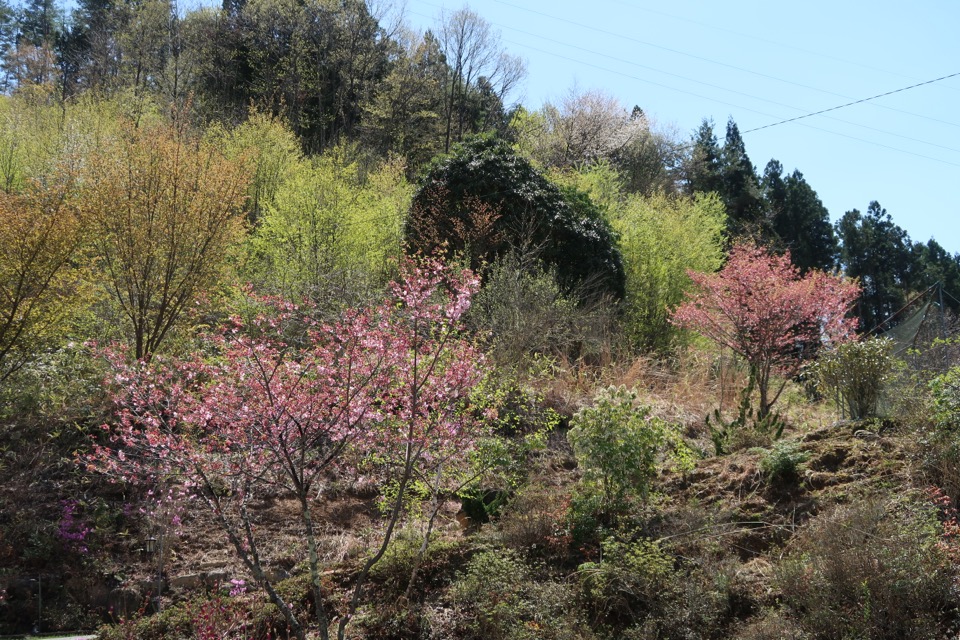
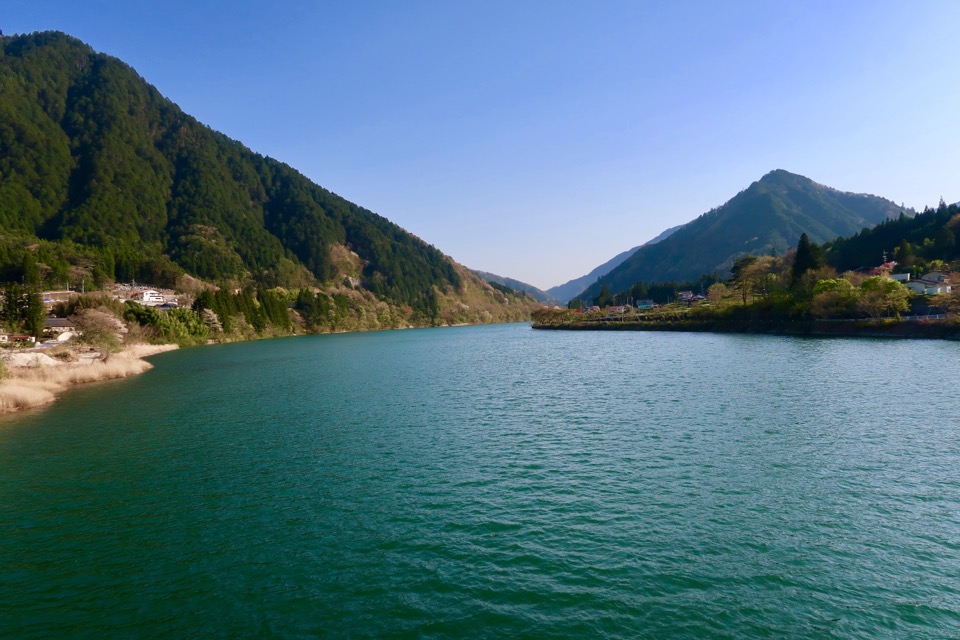

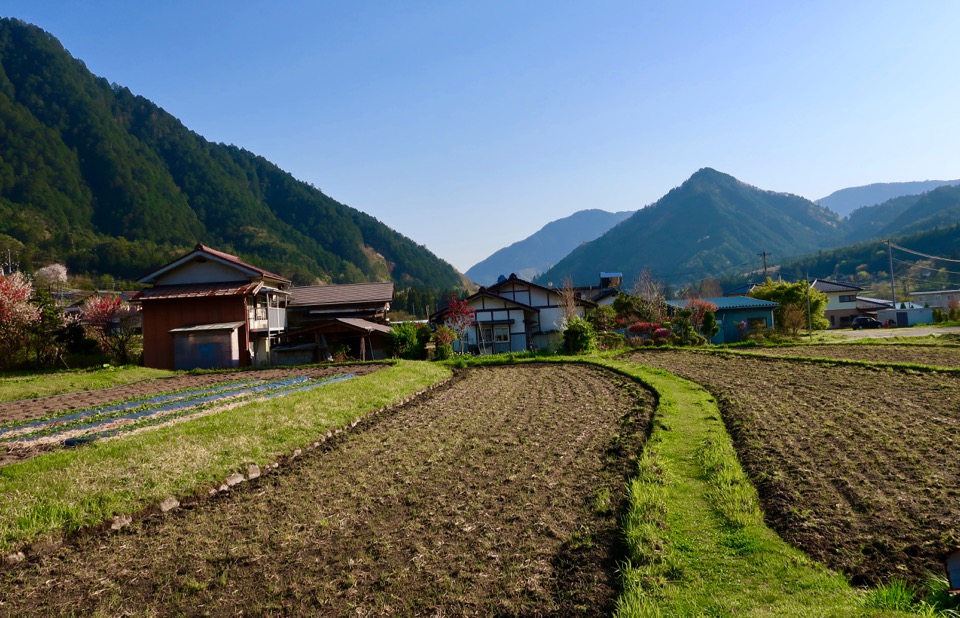
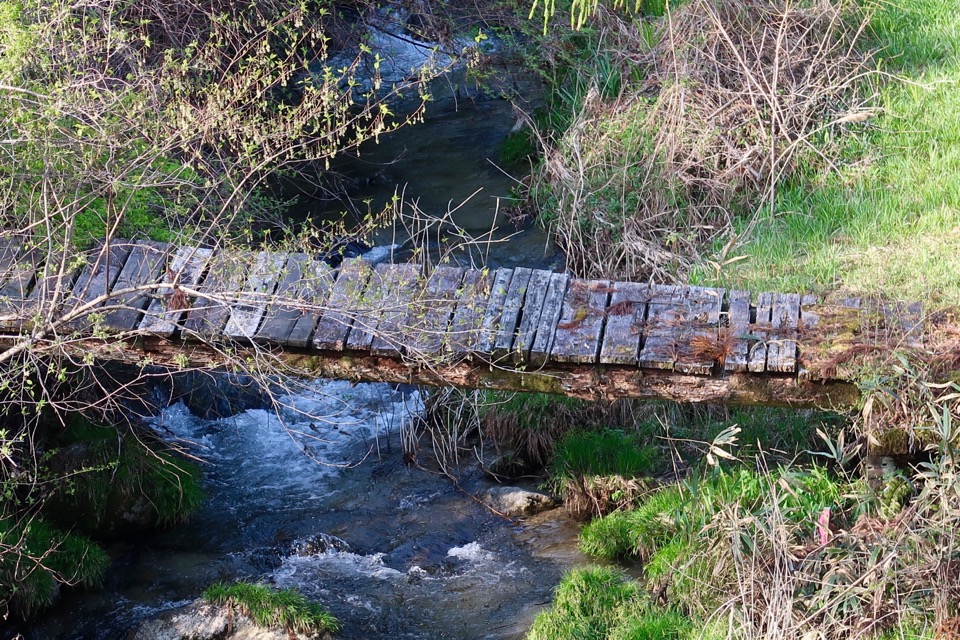
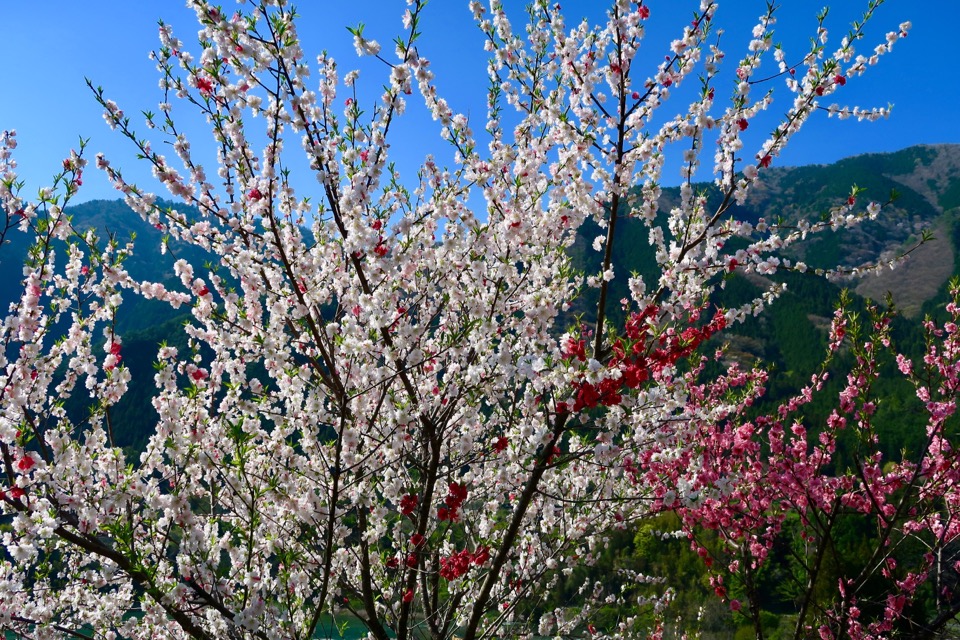
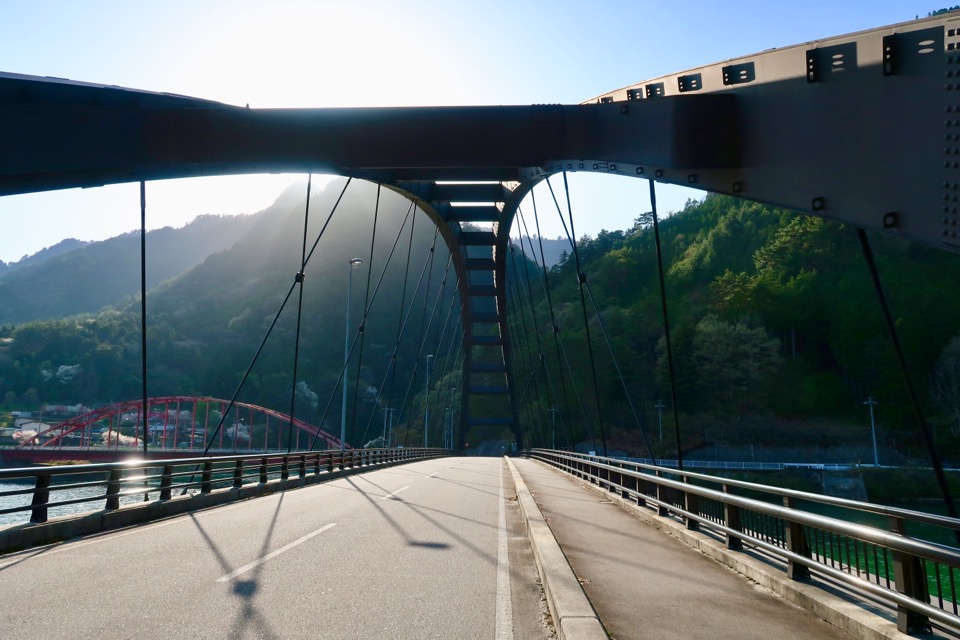
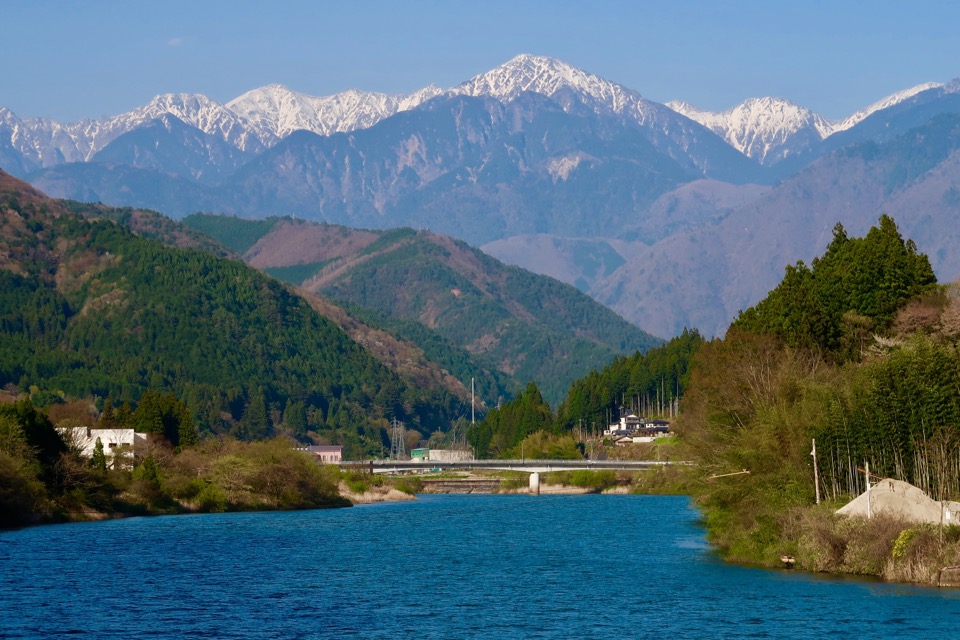
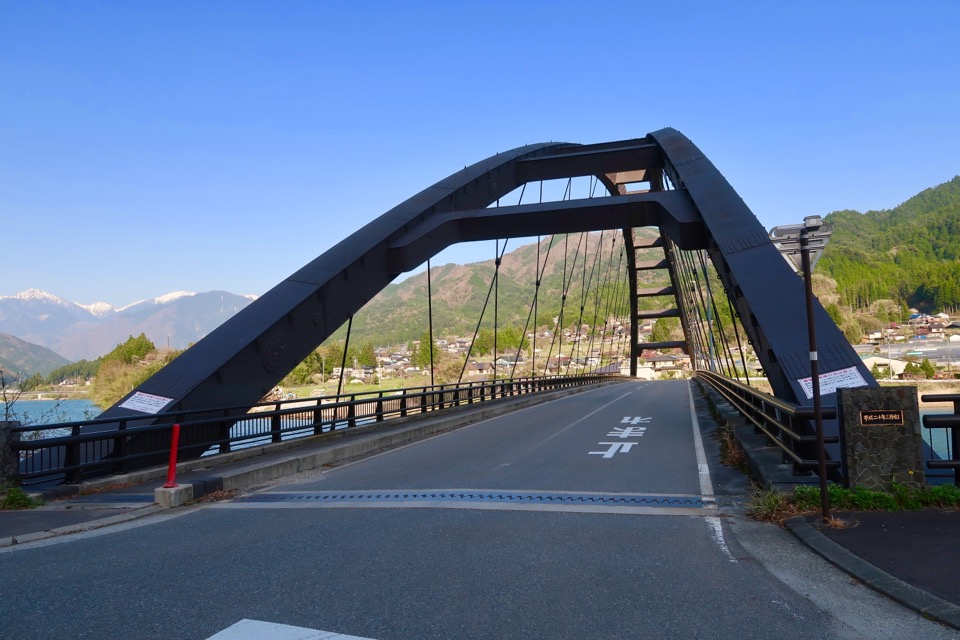
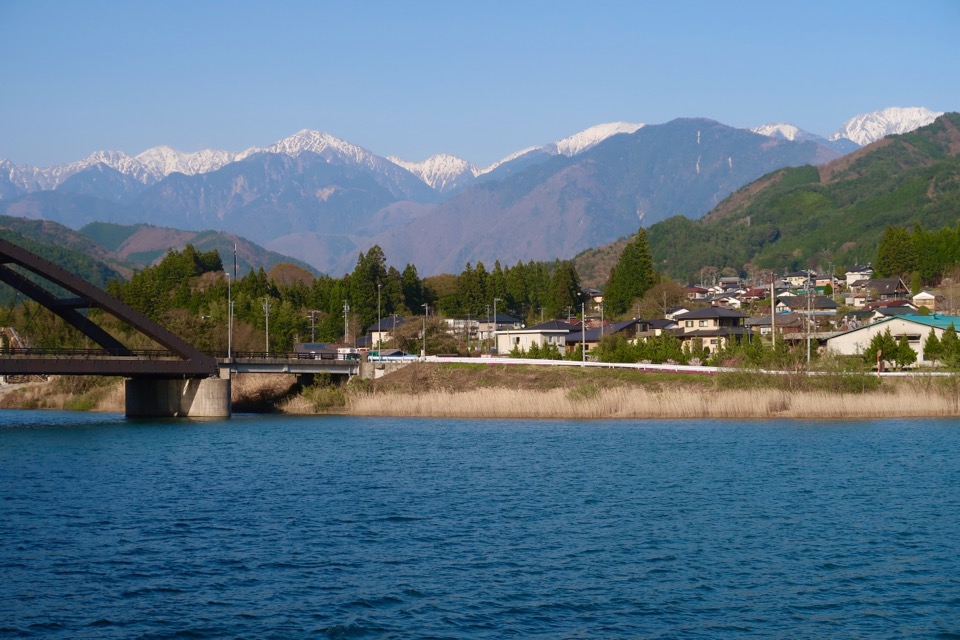
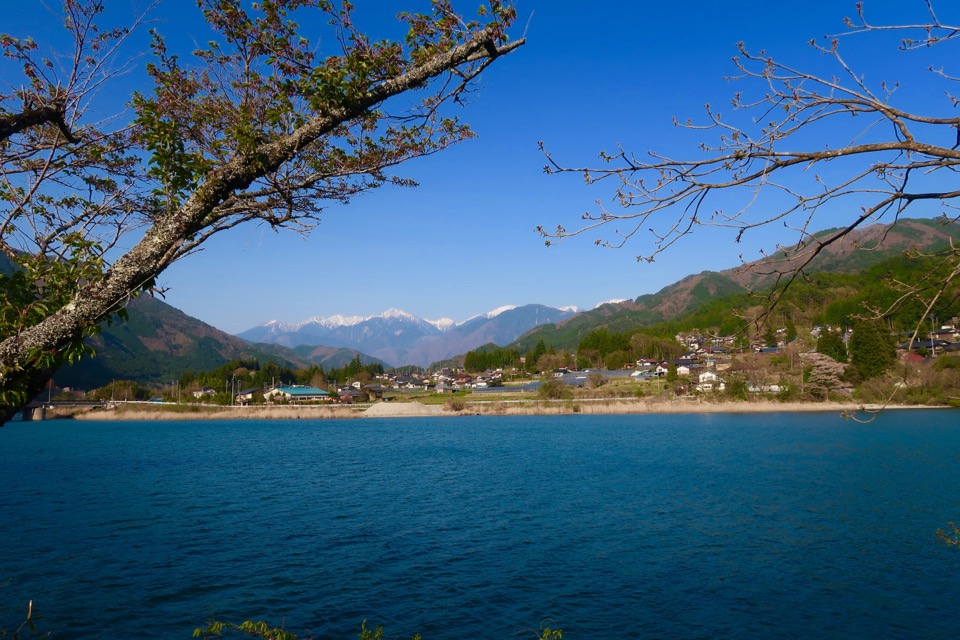
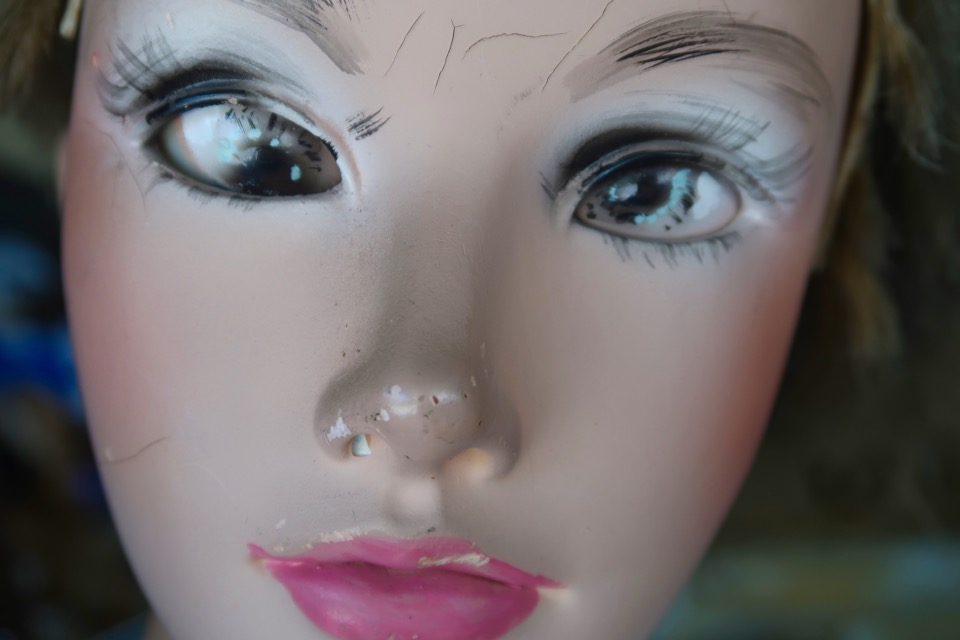
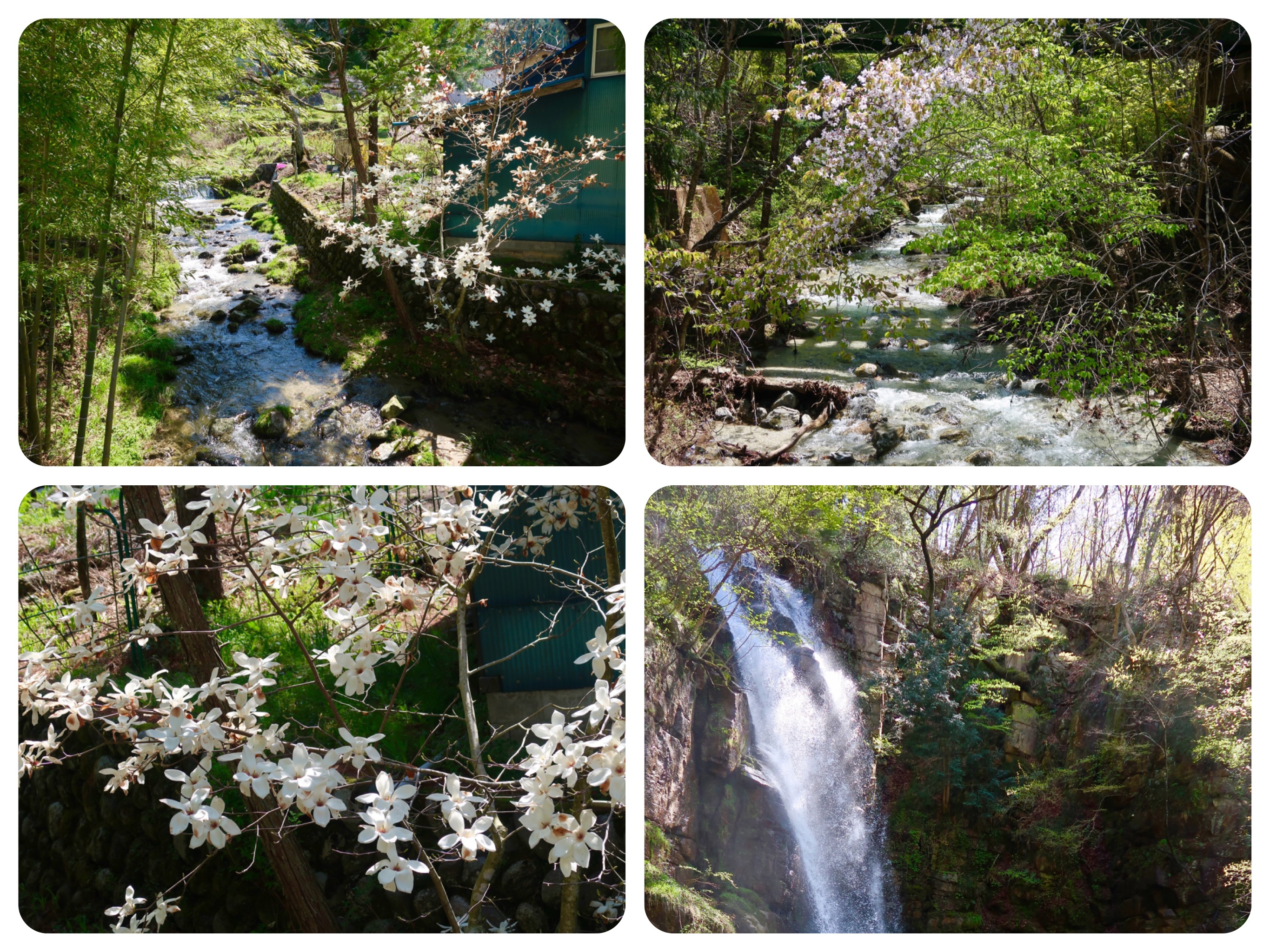
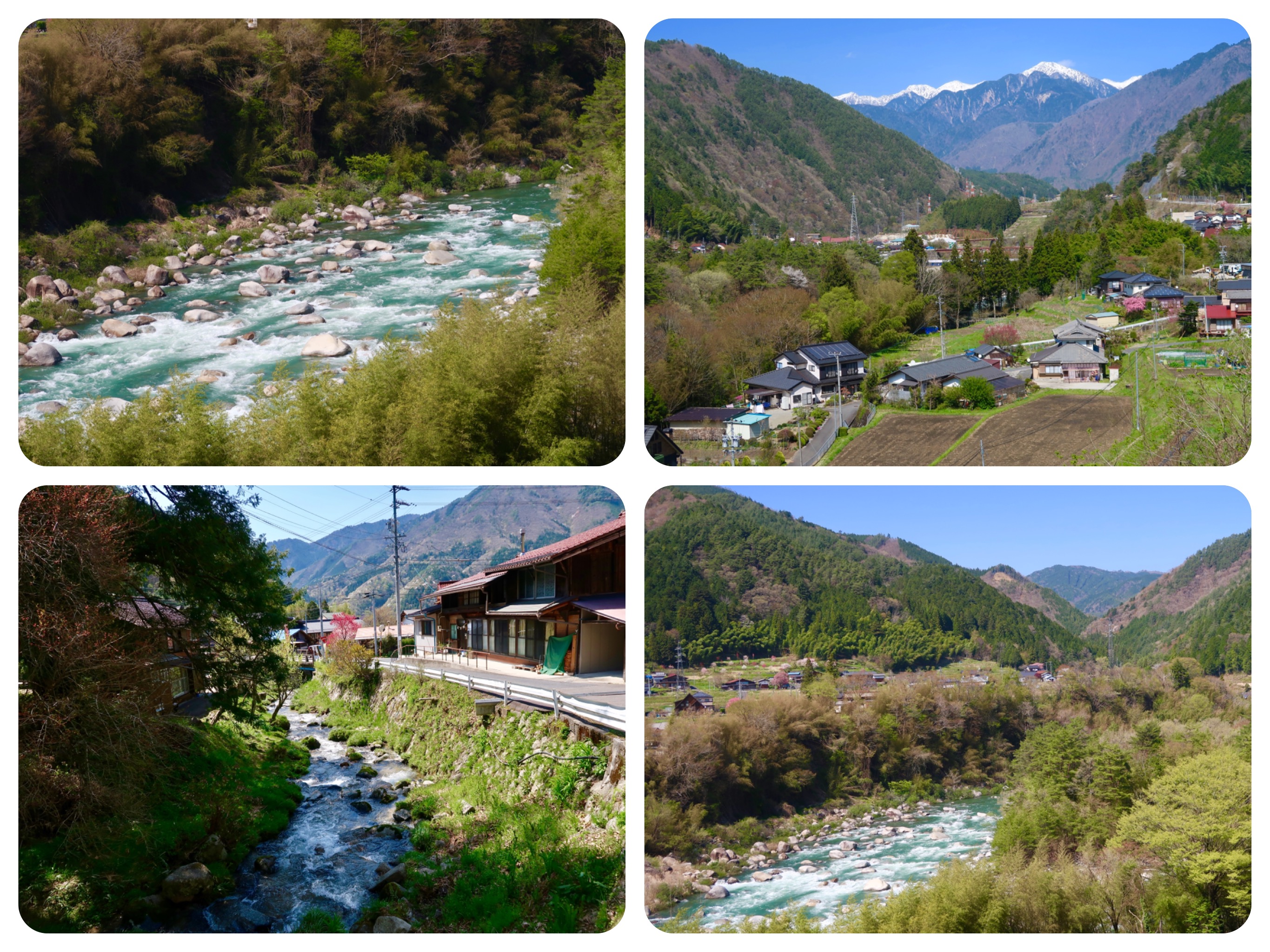
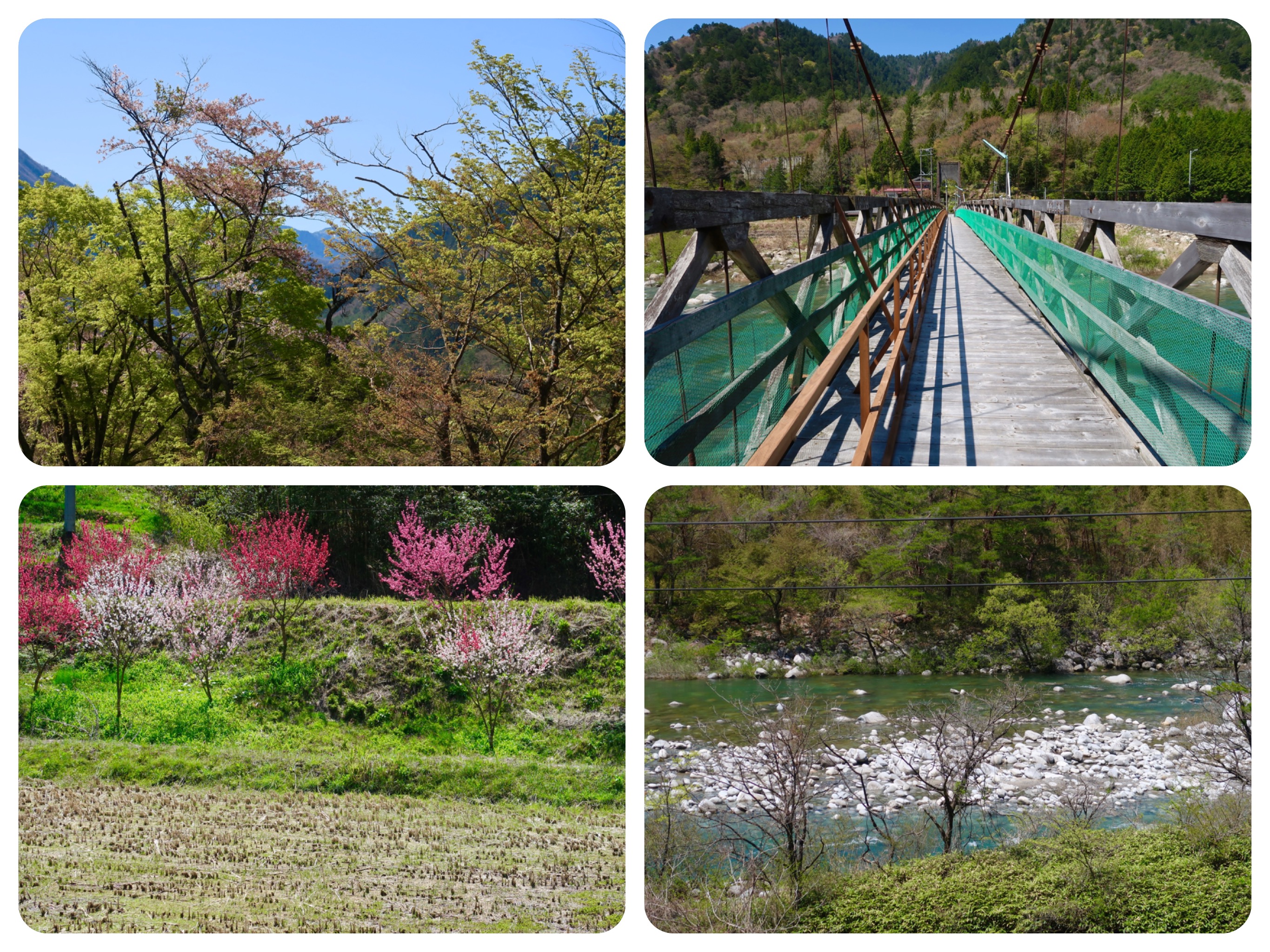
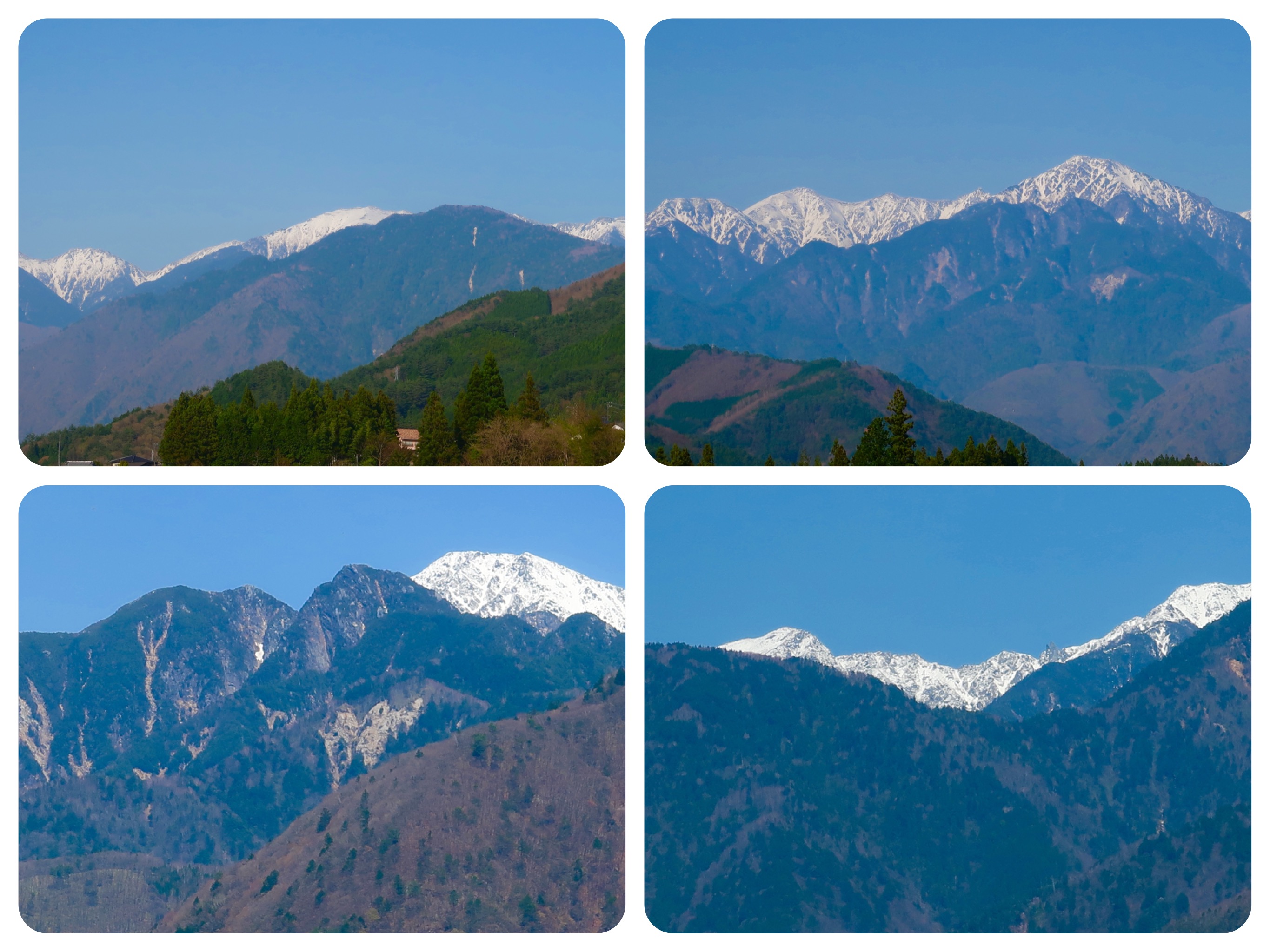
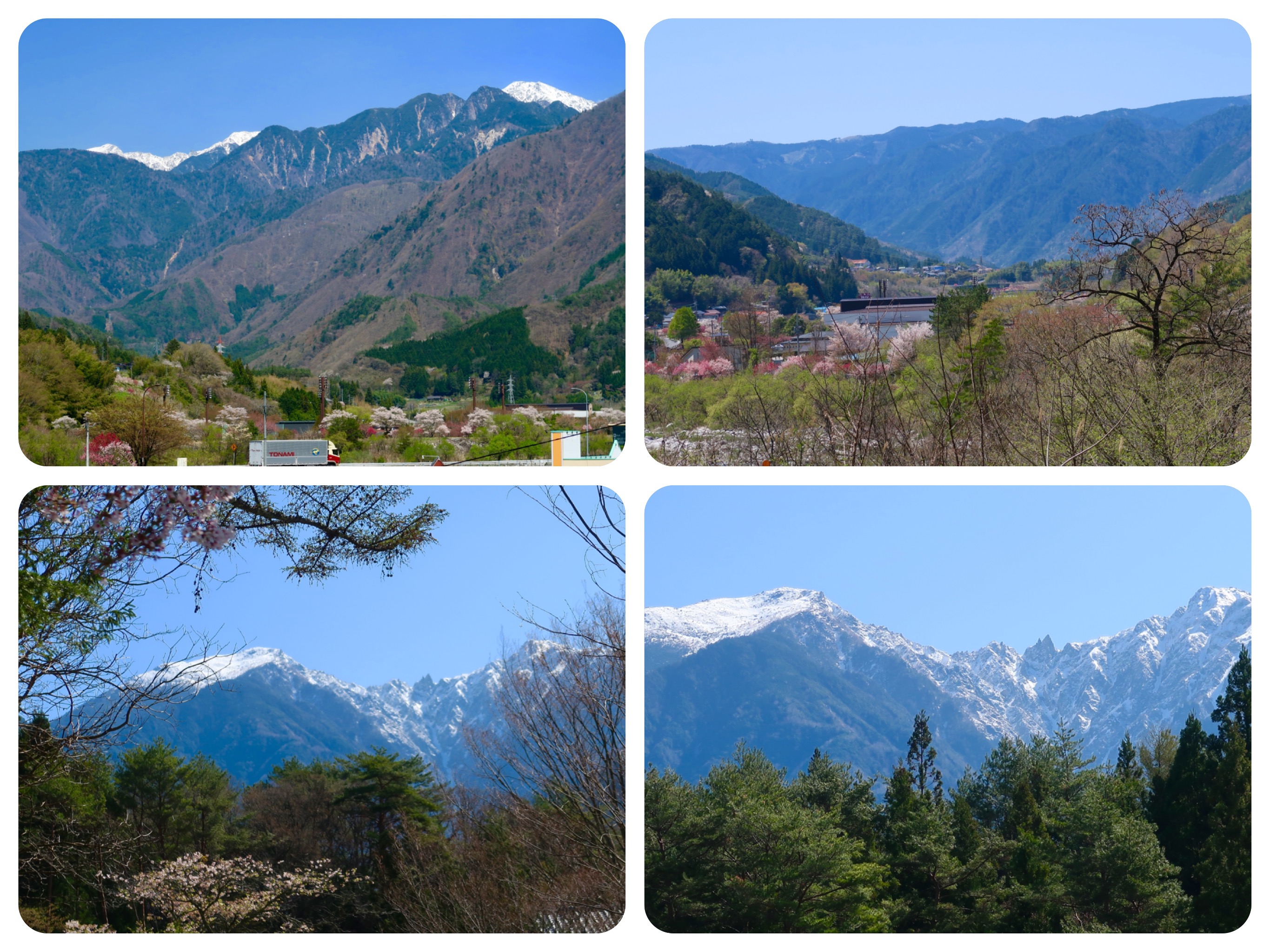
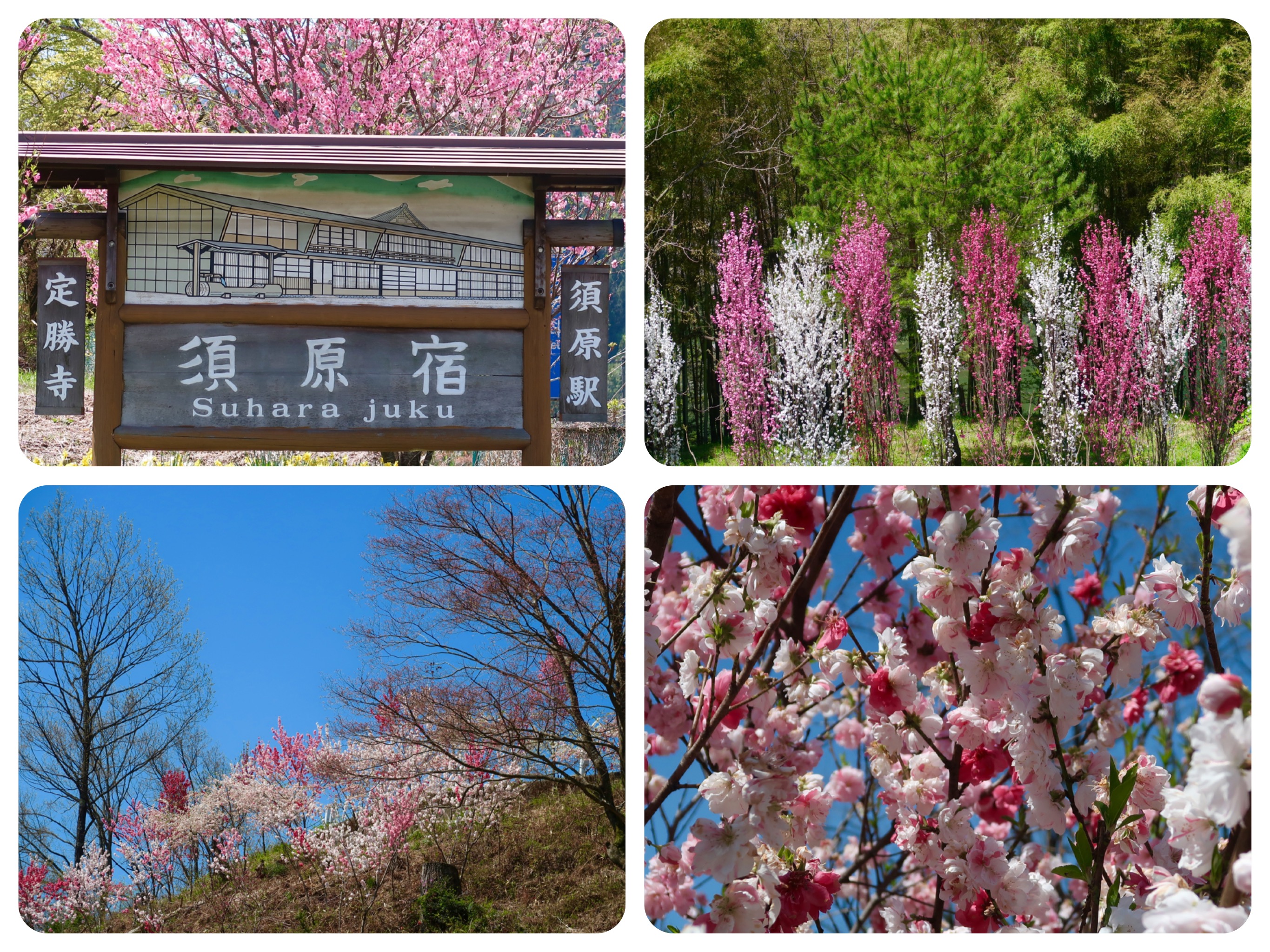
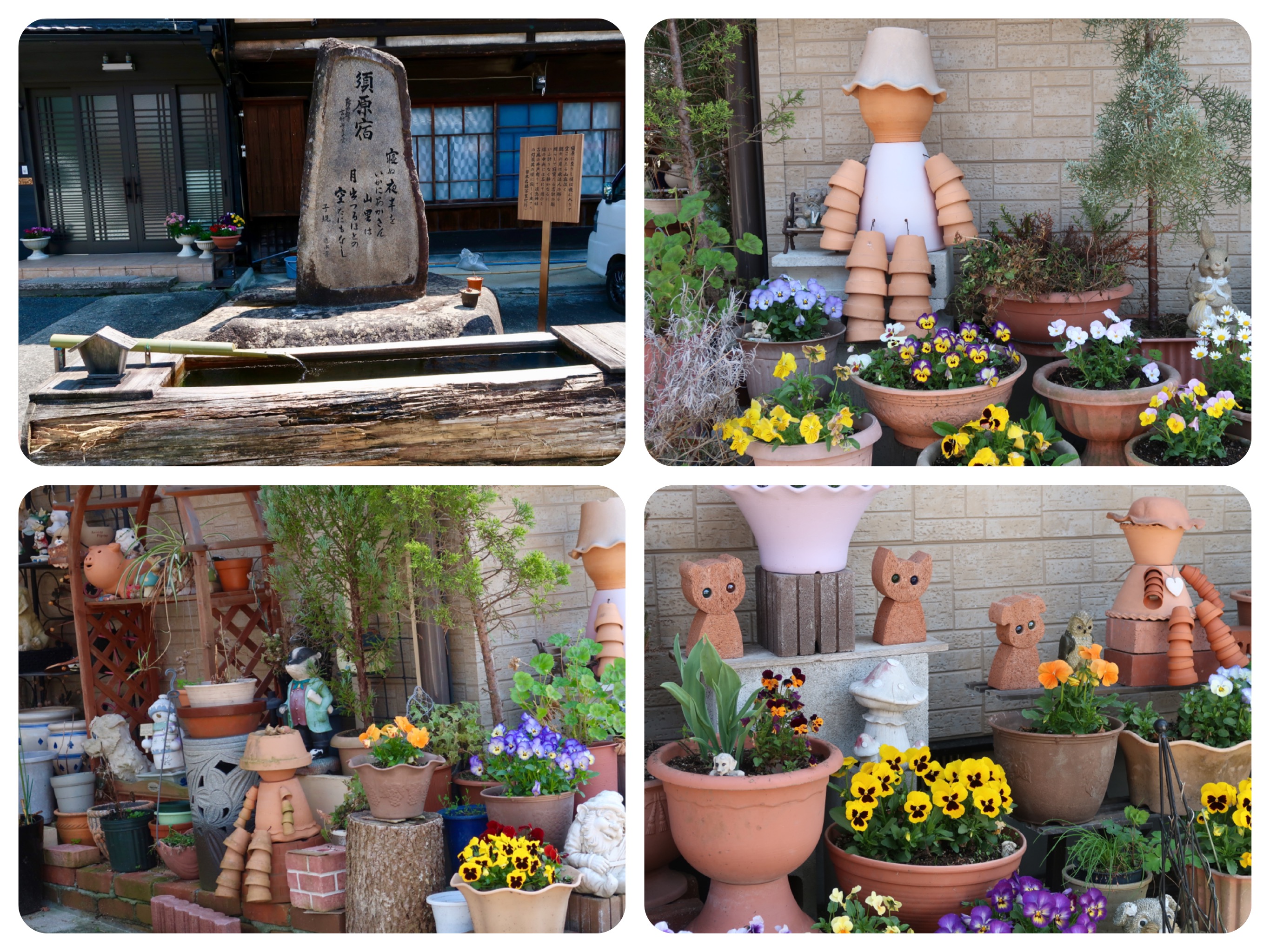
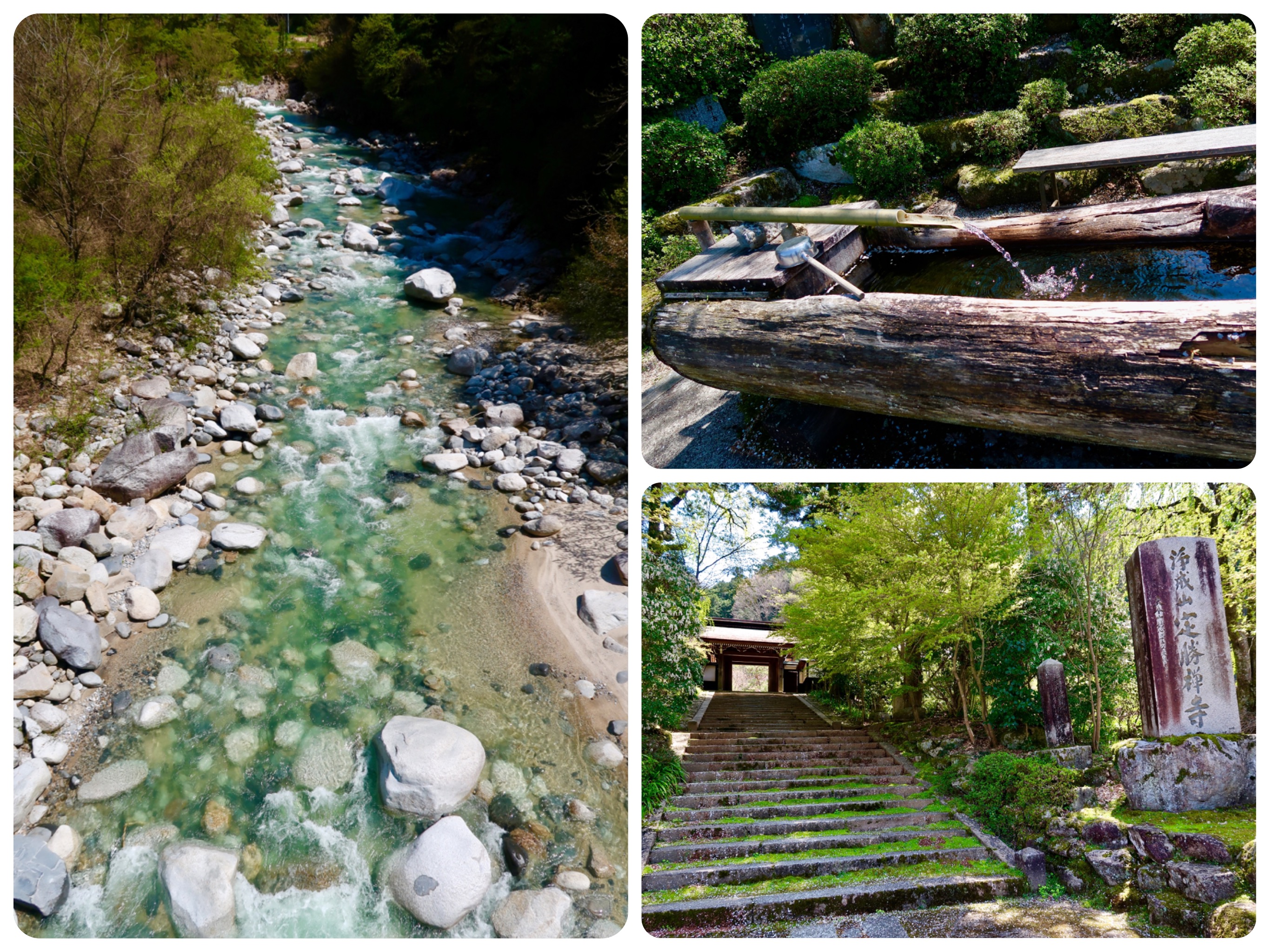
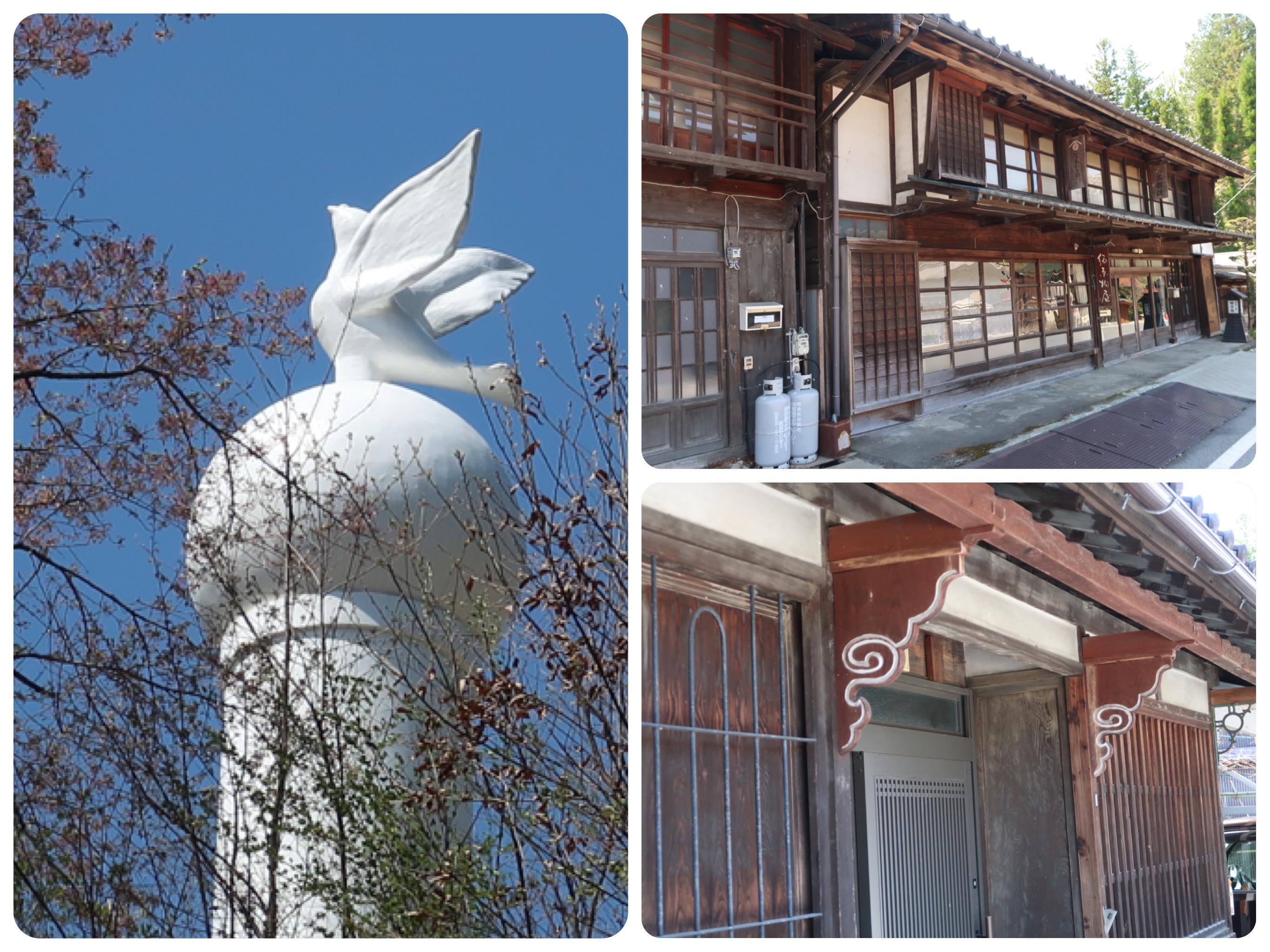
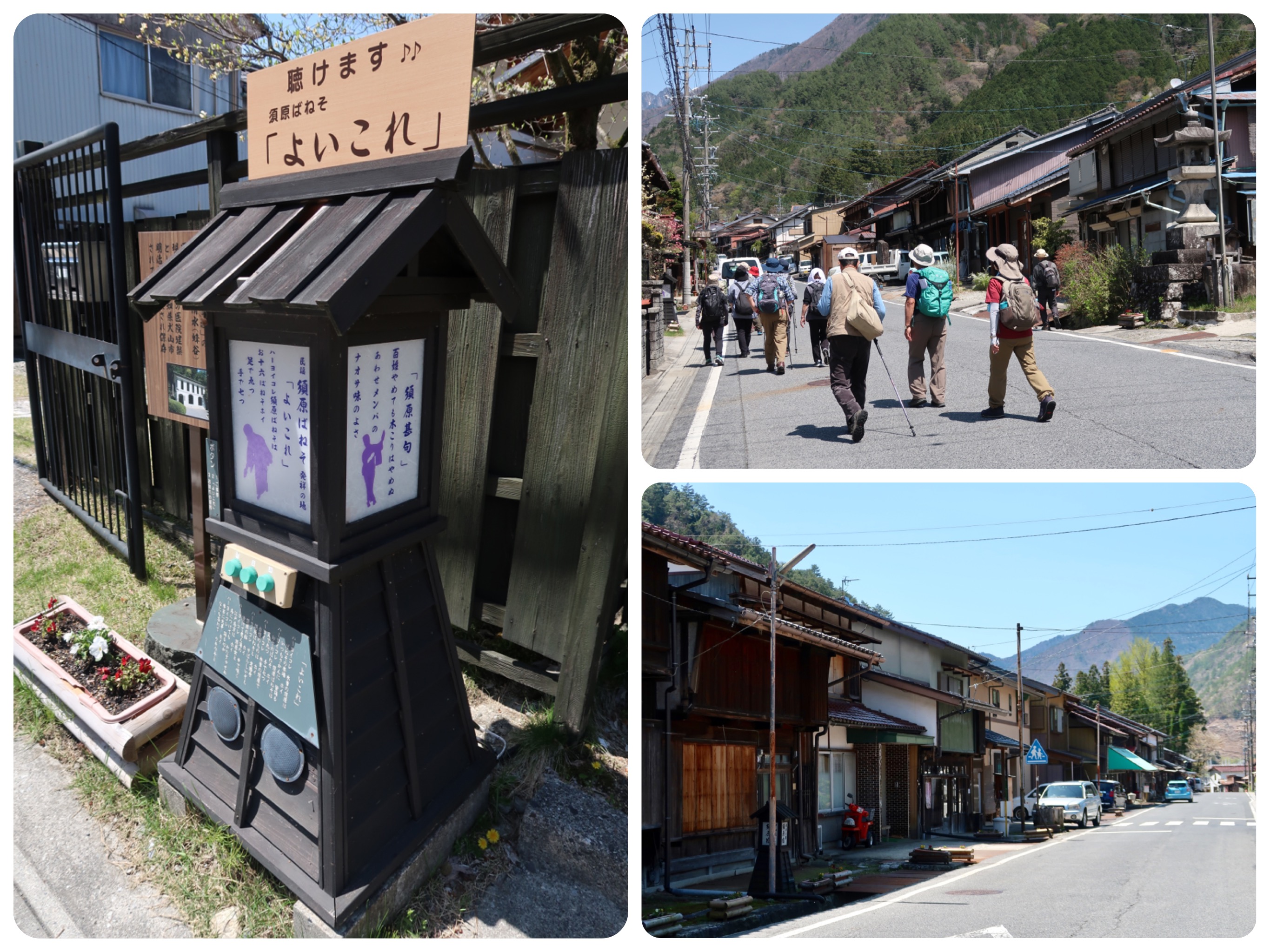
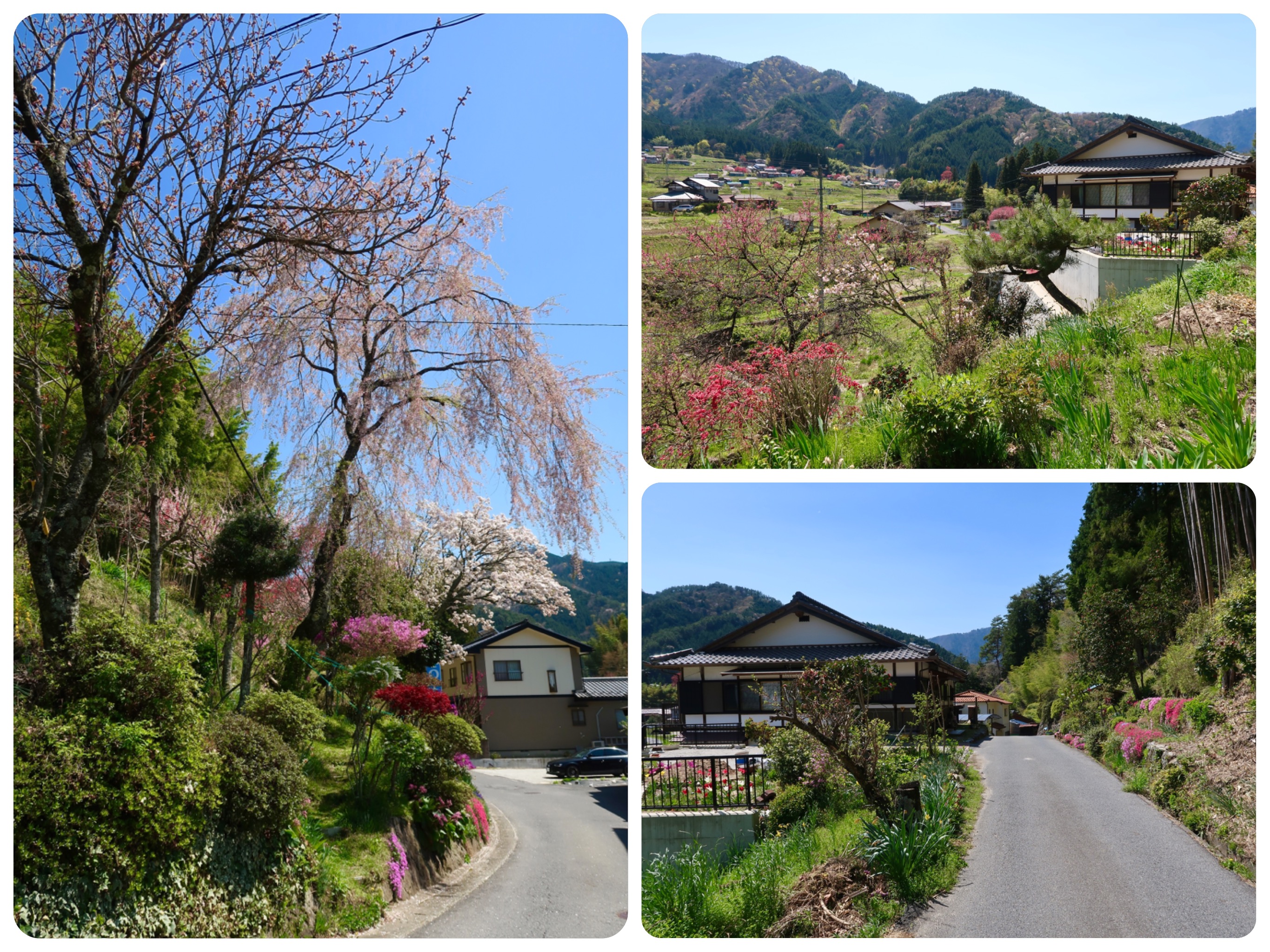
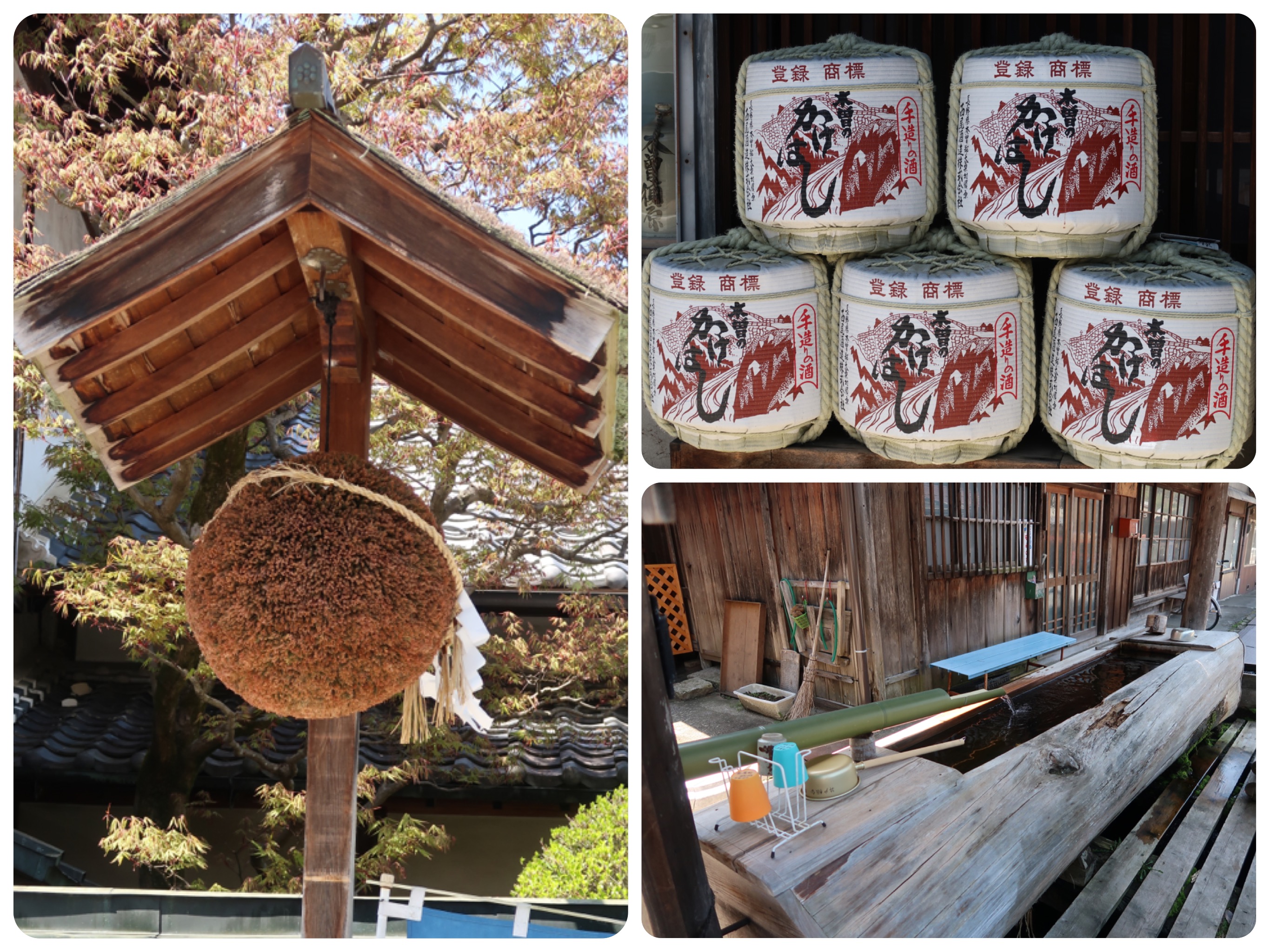
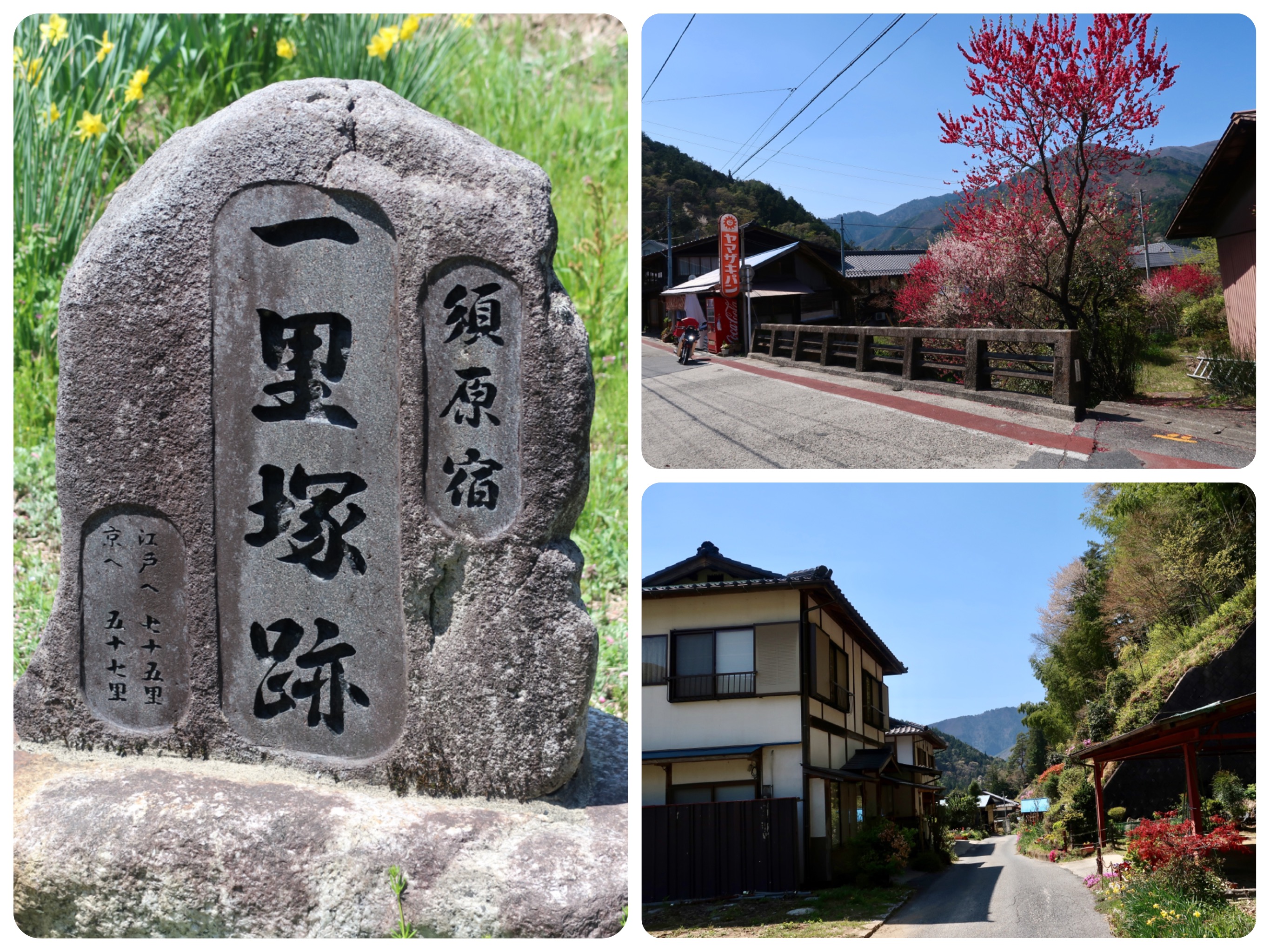
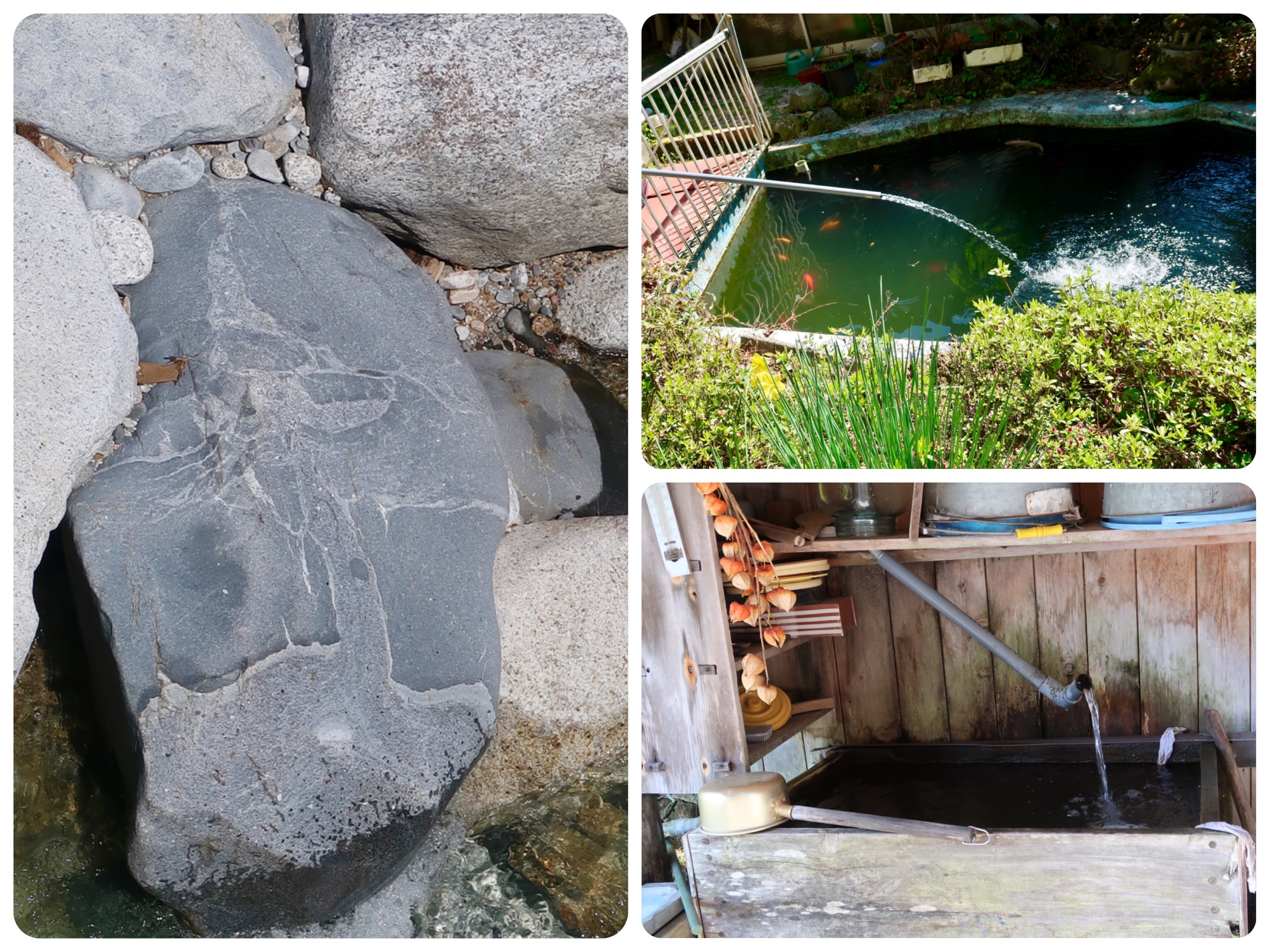
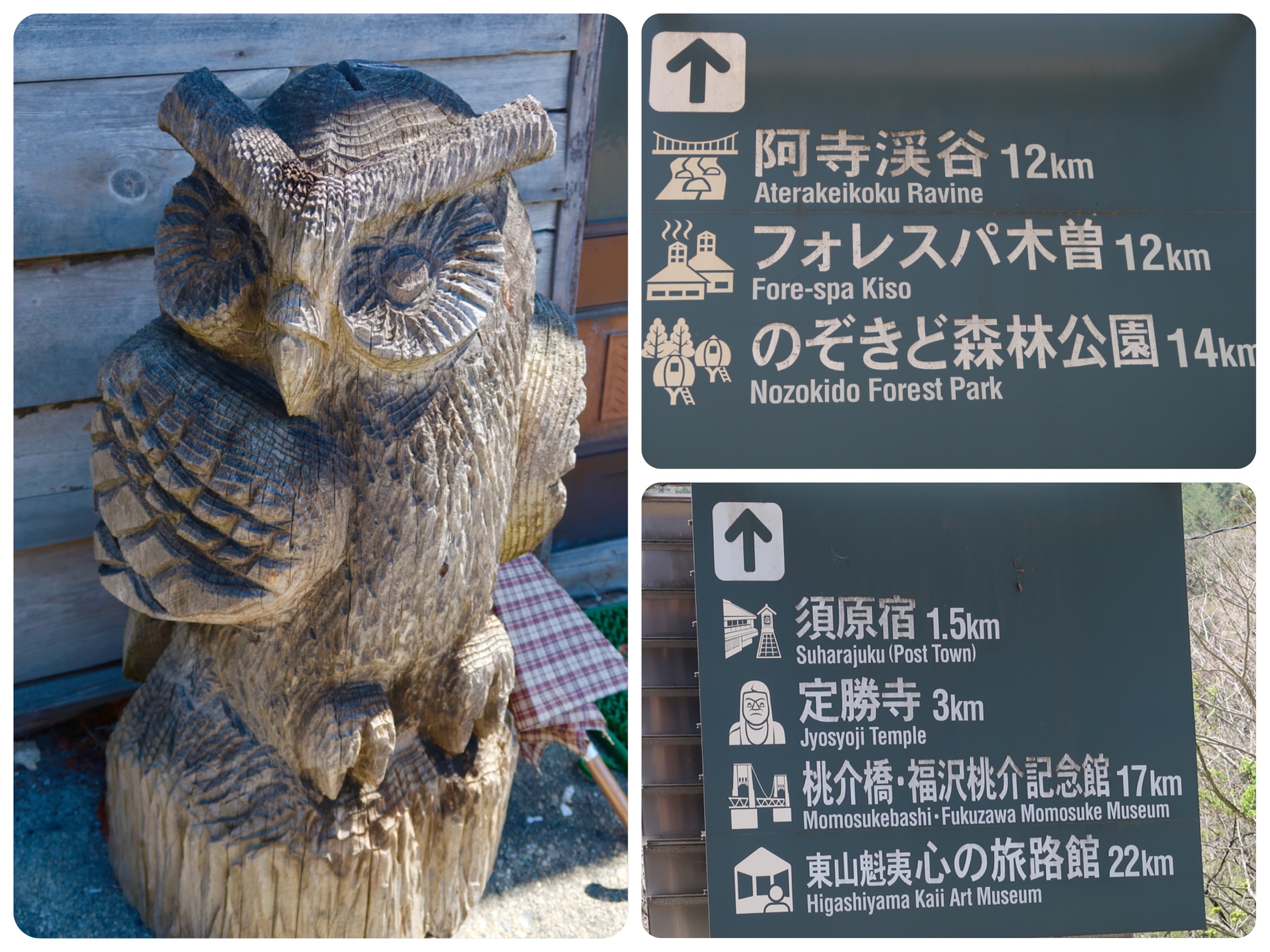
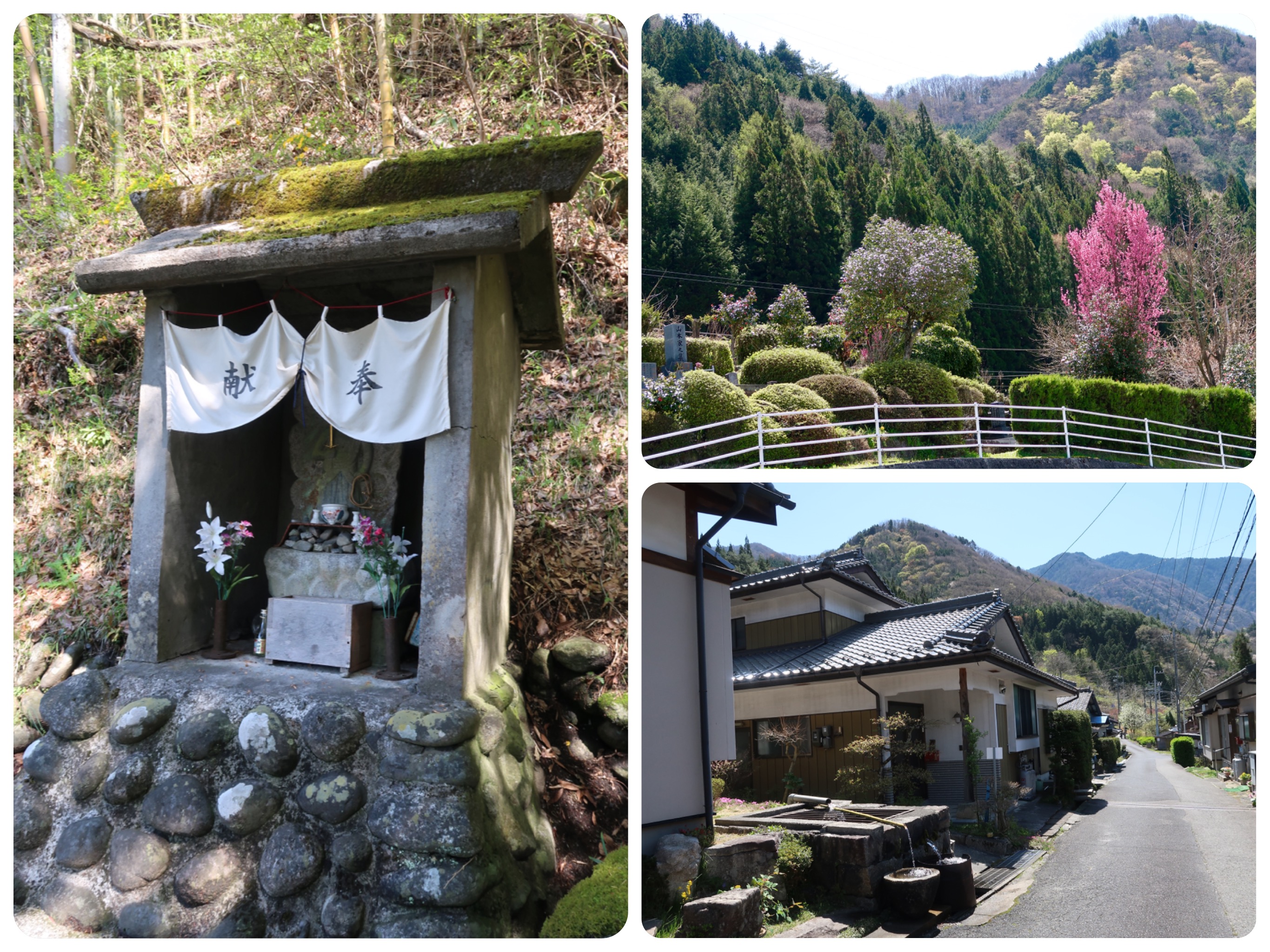
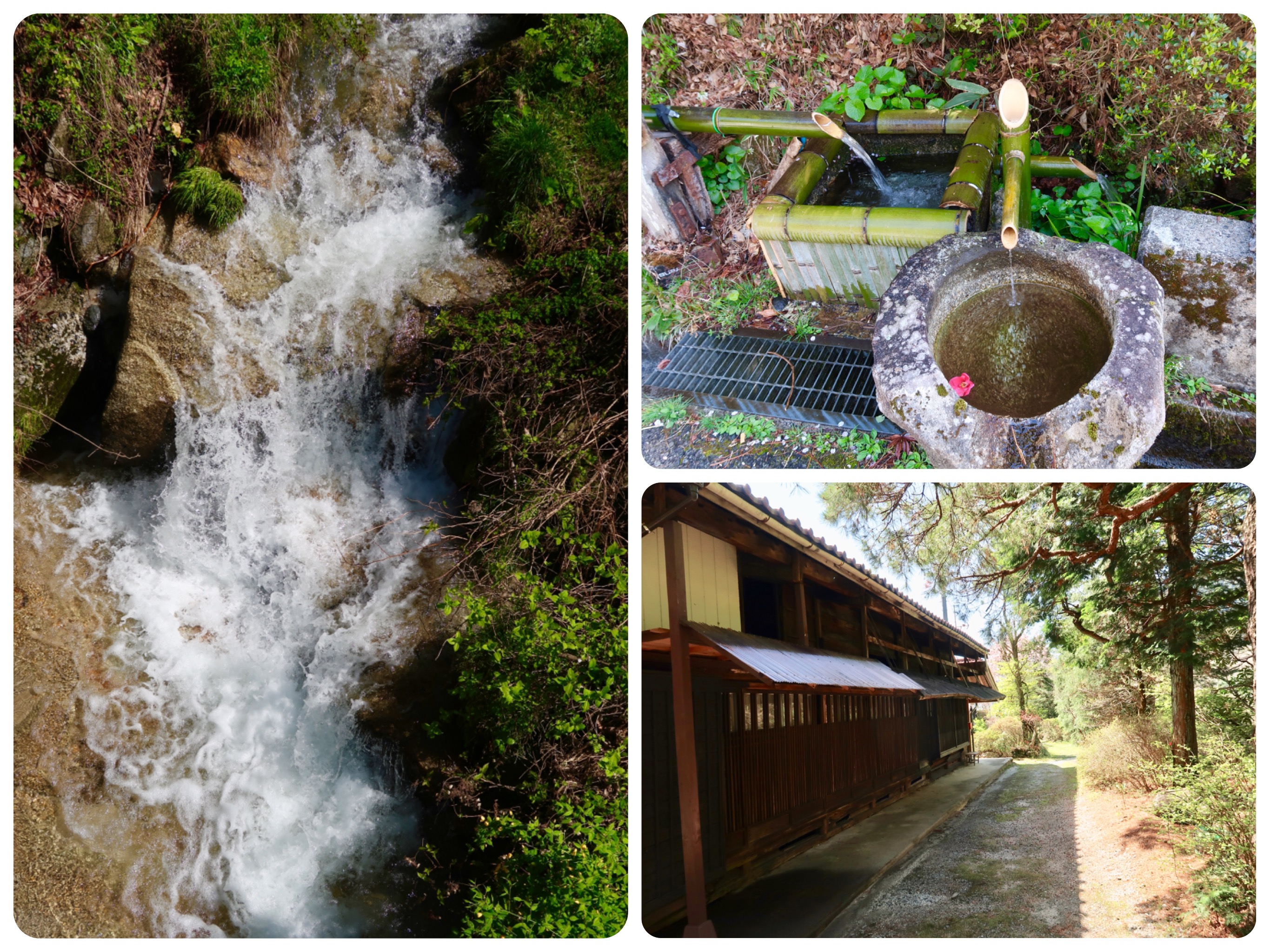
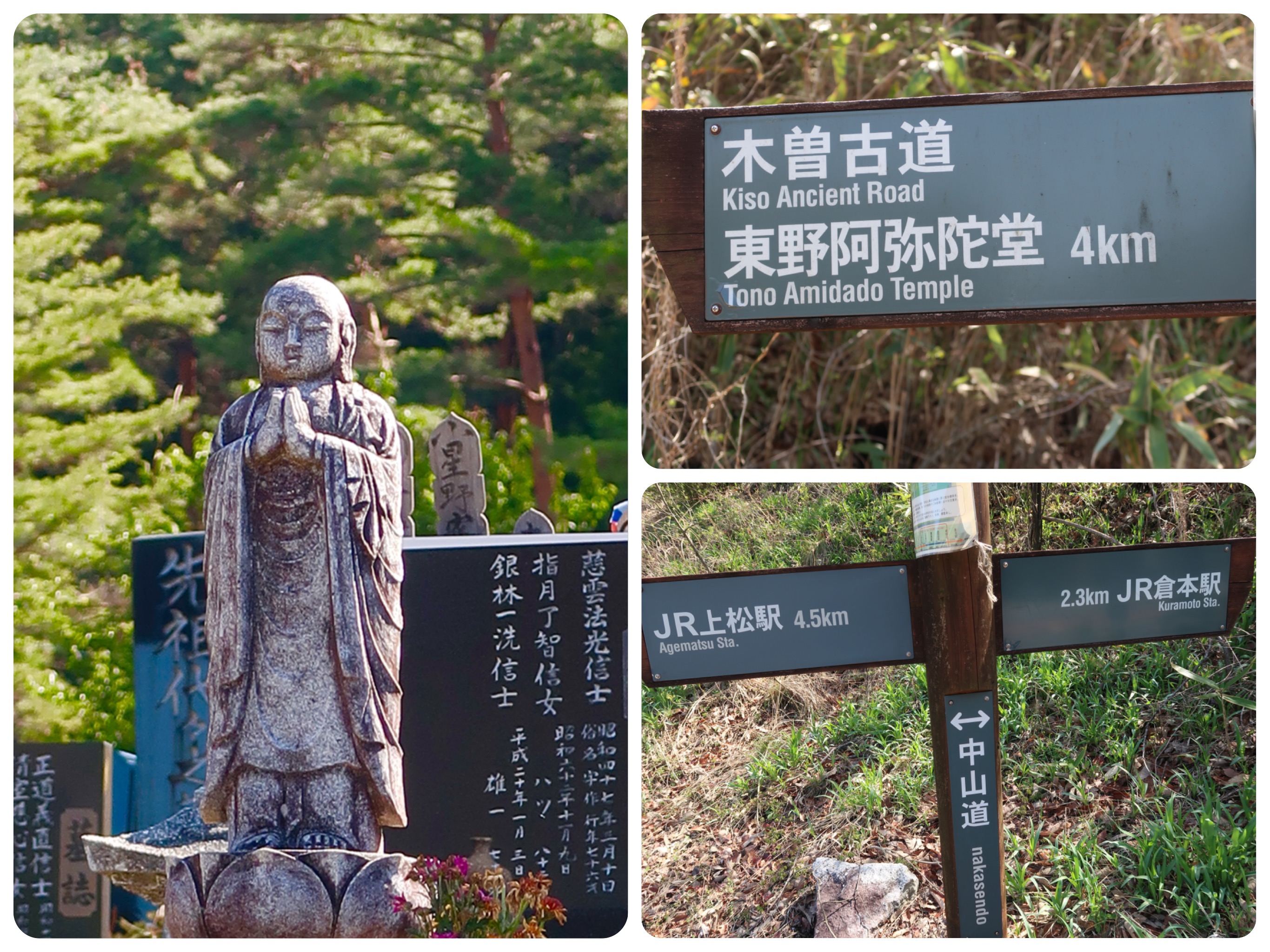
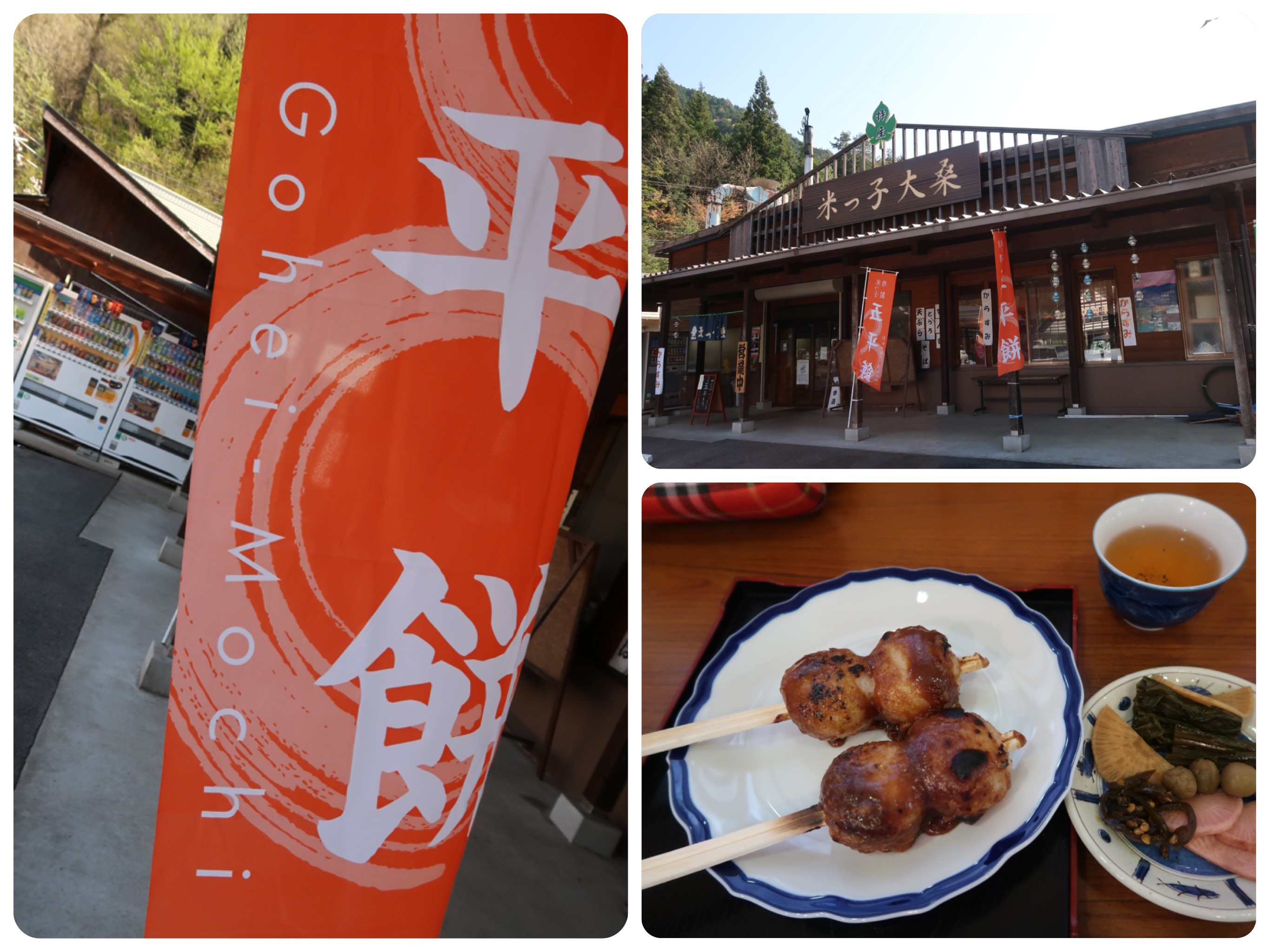
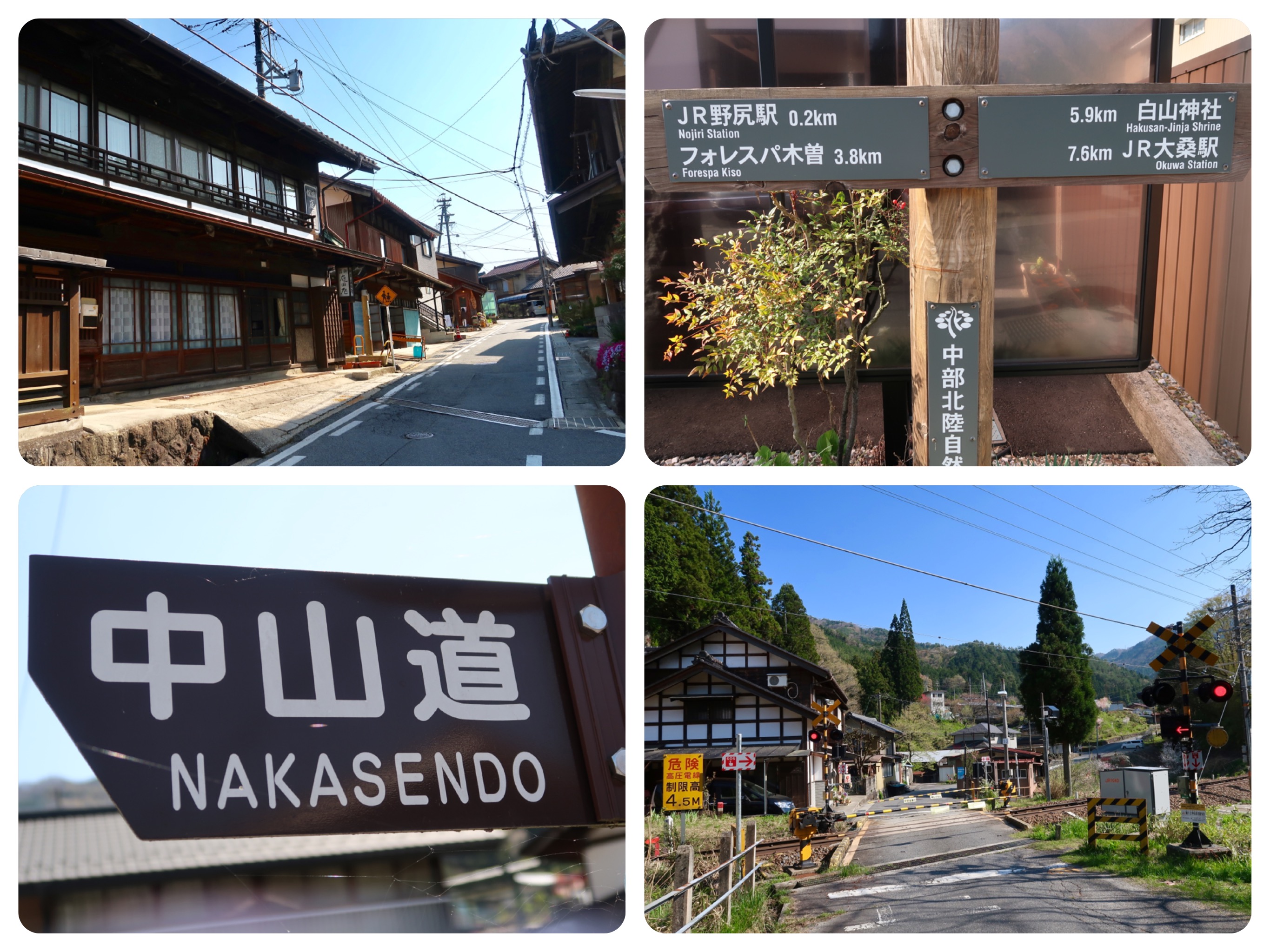
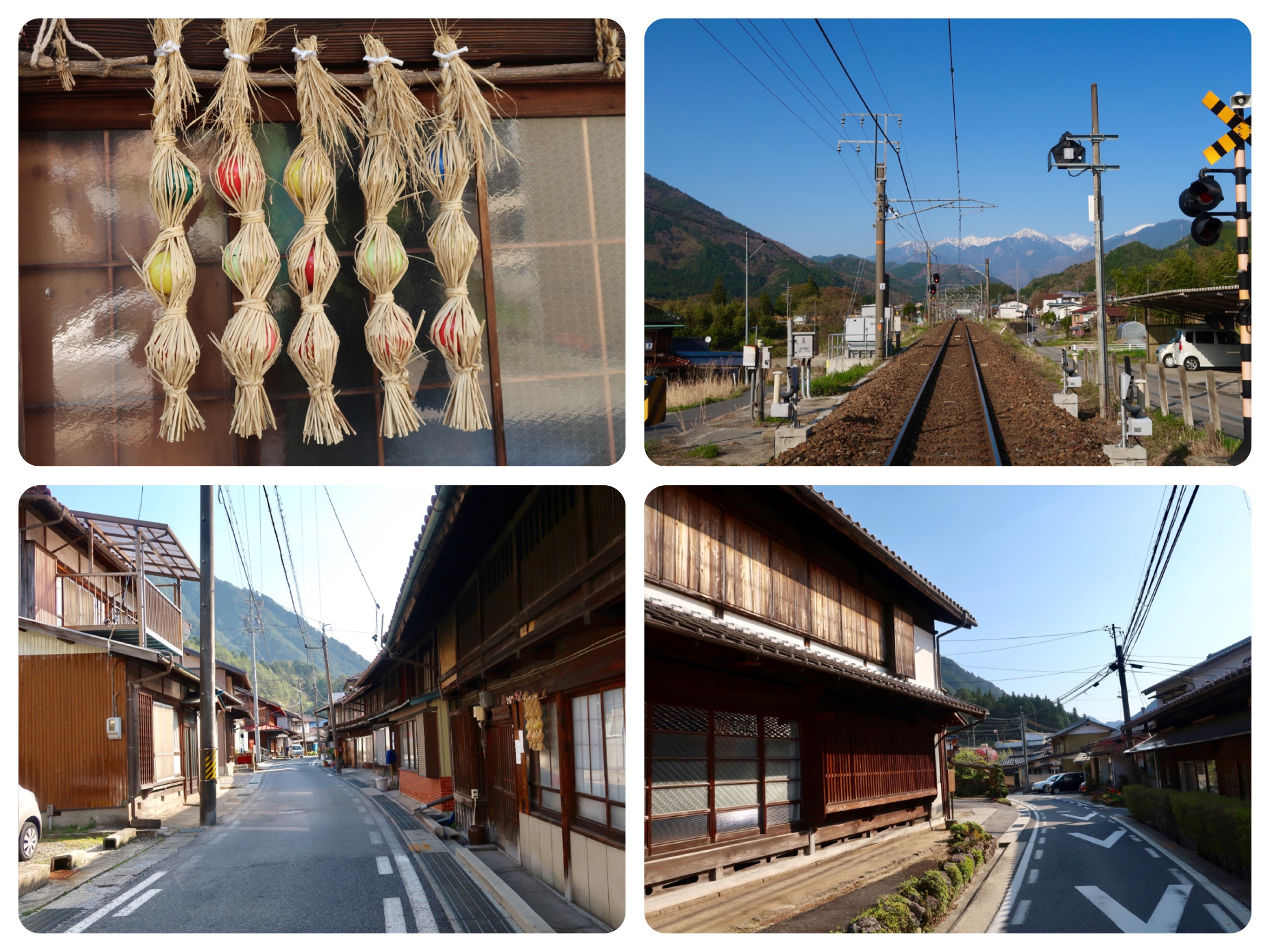
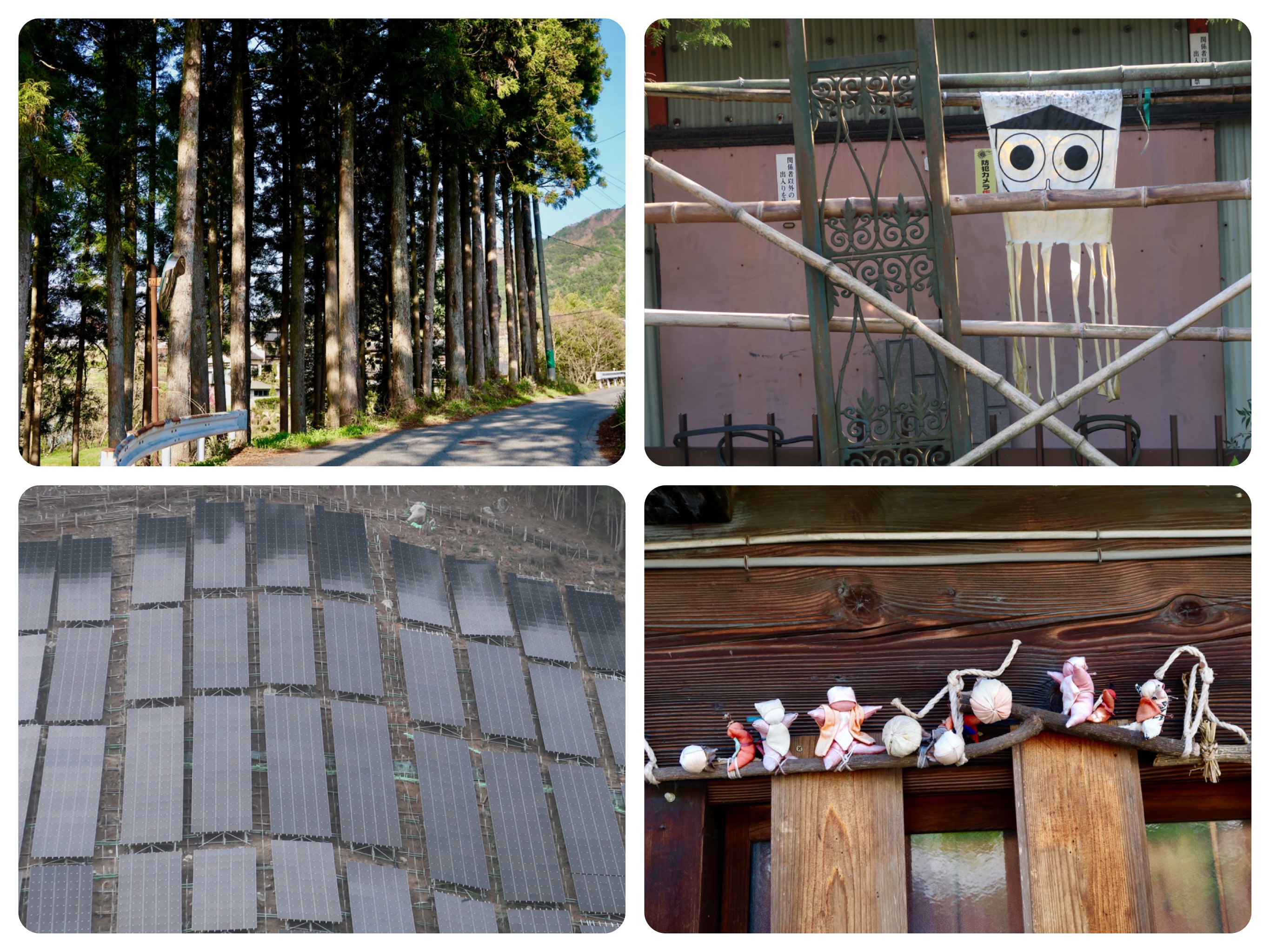

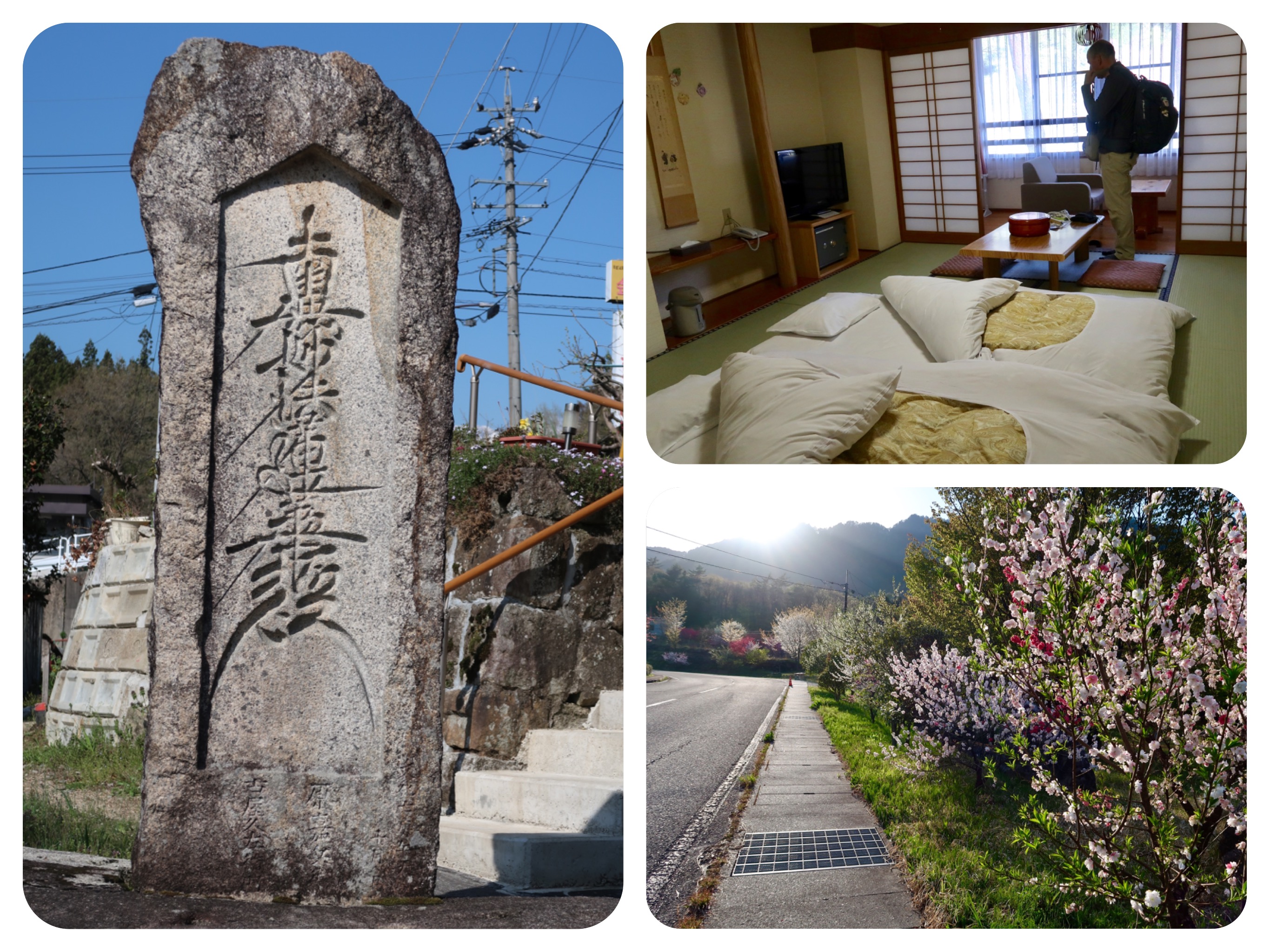
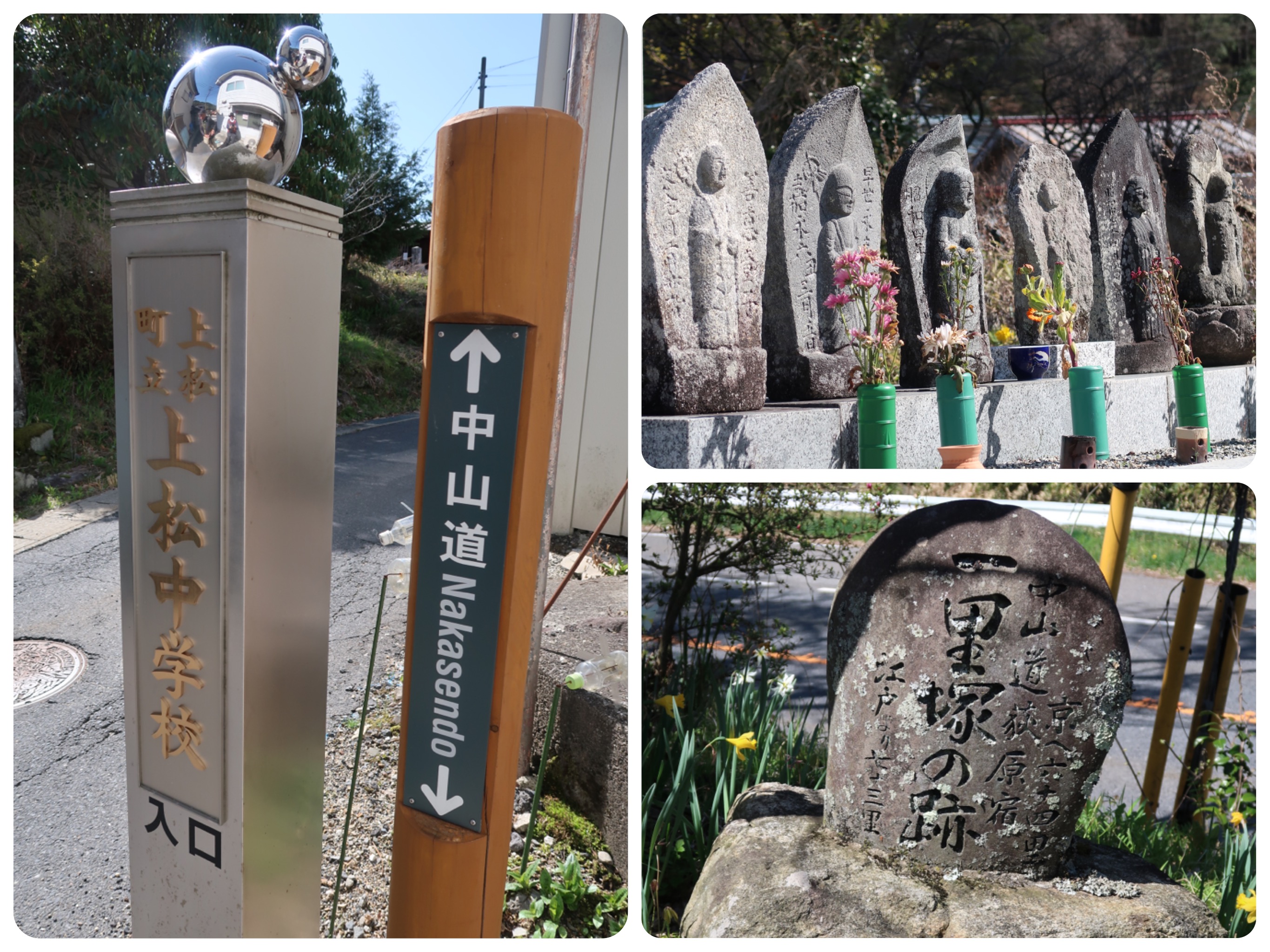
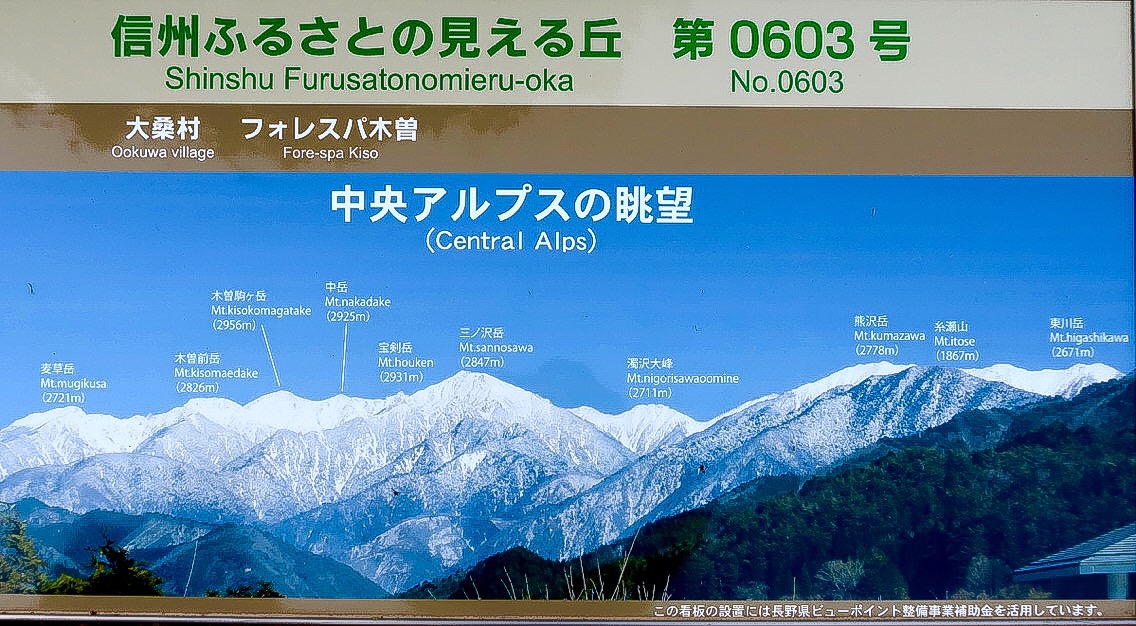
Day 19 - Walking The Nakasendō, Japan - A Magical Landscape Of Waterfalls, Turquoise Water Ravines, and the Central Alps
It is a very good time of the year to walk the Kiso Valley right now.
The snow on the peaks of the mountains is melting, and clean water creeks are flowing into the Kiso River.
The river is moving fast and around its banks, all the cherry trees are blooming.
Some of the trees have multicolored blooms, ranging from white to pink, to variegated pink and finally to deep reds, all on the same tree.
Our hotel in Nezame is no more than fifty meters from the Nakasendo, and we started walking after a simple breakfast by 9:00am.
The sun was shining bright, giving the sky a deep blue color.
On the horizon, towering above the forests, we could see the snow covered mountain peaks of the central Japan Alps, looking like a smaller version of the grand Himalayan range.
We walked by a tall waterfall and a beautiful wide ravine with huge boulders.
The cleanliness and clarity of the river water with its beautiful blue-green color, was truly striking.
It was an easy scenic walk up and down hills.
At times, the old Nakasendo road climbed up above the flat highway and then down again on many small hills, only to lead us back to the flat highway.
But I didn’t mind the “unnecessary” climbs.
I would rather climb up and down all day than walk in the sun by the trucks speeding up and down the highway.
At the Suhara-Juku train station, we stopped to use the toilets and have an ice cream that we bought in a small shop near the Station.
It was the only open shop that we’d passed since the morning.
A Japanese man, who was also walking the Nakasendo, stopped to chat with us.
He said he was also walking the whole trail, although he was walking many more kilometers per day than us, perhaps intending to “save time.”
I do not know how some of these men can walk 40 or 50 Kilometers every day.
Some have even said that it took them a month to heal after walking the Nakasendo.
Why walk if you are so pressed for time?...
Walking is so very slow...
Time efficiency and walking are oxymorons.
Anyway, we have time.
We do not like to run.
We walk slowly, look around, taste and smell the river, talk to everyone we meet, smell and feel the tenderness of the flowers, and take in the clear mountain air...
We walked on quiet roads through the rural countryside, green and fertile with farmers working the black, fertile soil in their fields.
When we needed a rest, we stopped and just sat by the fields on the small road, to eat the oranges that we’d bought.
On one of the stretches when the Nakasendo paralleled the highway, we stopped at a rest area to have a lunch of Gohei Mochi.
It is a local specialty of the Kiso Valley, and it is very delicious.
It doesn’t look as good as it tastes.
It looks a bit like meatballs on a stick with a brown sauce, but Gohei Mochi are rice balls dipped in a sauce made from crushed walnuts and sesame seeds, mixed with some sweet miso paste, and then grilled over charcoal.
It is a real treat.
The friendly ladies who work at the rest area urged me to try their pickles and help ourselves to as much free green tea as we could drink.
These rest areas always include an indoor farmers market with local produce, as well as a selection of locally made jellies and jams, honey, miso, dry noodles, handicrafts, pickles, dry goods and food.
After our light lunch, we kept on walking.
The weather was beautiful all day, a bit cool early in the morning, but becoming quite warm as the day went on.
Most of the day, we walked along the beautiful Kiso River, with the wind blowing petals of white, pink and red Sakura on our heads.
I felt like a royal Indian princess, with Nature loving me and throwing flower petals on the path I walk on, to welcome me into the region.
Beside the Cherry blossoms, the magnolias are in full bloom, as well as the Camellias and the gardenias.
Some of the Camellias have more flowers than I have ever seen on a Camellia bush before.
The post towns that we visited today have spring water that runs down from the mountains.
The water is collected in a hollowed-out wooden log, and filled via a hollowed-out piece of bamboo.
The water is so clean and clear, that you can drink it unfiltered, which of course I did.
But Jules doesn’t trust his body as much as I do mine.
He bought his drinking water from the vending machine in town.
Towards the end of the day, we arrived at the post town of Nojiri.
We walked through the old town with its old buildings and narrow main street.
Almost at the end of the town, we were delighted to find a cafe, serving excellent drip coffee, that was open for business.
It was a hot day, and any opportunity to refresh ourselves with a cool drink while sitting down was a welcomed break from walking.
We were just finishing our coffees when a group of twelve Australian, American and British walkers came in, along with their guide.
They stood around the tiny cafe, trying to make themselves comfortable, use the tiny toilet and take off their backpacks.
Their guide had called to reserve their space before they came in.
We were ready to continue walking, so we gave them our seats and packed up our bags and paid our bill.
They chatted with us and seemed amazed that we were walking the whole Nakasendo.
They asked if we were doing a “self-guided” walk.
We explain that we were not.
In a way, we do guide ourselves, but it involves navigating the roads ourselves and making our own accommodation bookings.
They asked if we were camping, or how did we find places to stay, and did we send our big bags ahead to our accommodations.
We said we do not camp and we have no big bags.
Everything we brought, we carry in the bags on our backs.
They seemed amazed that we were carrying only small hiking packs.
I told them that even these backpacks are filled with more clothing than we really need.
It is true that we have in our backpacks more things than we actually need.
I wish we had brought less.
But with high tech hiking clothes costing so much, I do not have the heart to leave behind a long sleeve T-shirt that cost nearly $100, or other items that are expensive and not easy to replace.
I vowed to take much less on my next pilgrimage.
We really need so little.
Especially in Japan, where we were able to do laundry nearly every day.
We wished them a great adventure on their own walk, and we left to walk towards our hotel for the night.
We had booked the Forest Spa Onsen hotel outside of Nojiri, and even though they do have a shuttle bus pickup from the train station, we walked the extra three kilometers to the hotel.
We wanted to see the Atera valley, with its turquoise mineral waters.
The hotel gave us a spacious Japanese tatami mat room, and I soaked in the hot springs.
Jules told me that there were many men in the men’s bath.
I had no other women in the female hot springs bath.
We had booked our room with dinner and breakfast, as there are no places to eat dinner nearby.
The dinner was good, but included too much seafood for my taste.
I would rather eat only vegetables, rice, pickles, seaweed, tofu and miso soup, but when traveling, we have to be flexible because many guesthouses are not happy to accommodate these kinds of requests.
After dinner we sat in the lobby, the only place where there was internet, to check our emails and plan our route.
Although I no longer have blisters, my feet were throbbing.
Jules’s right foot is not a pretty sight.
He has torn dead skin from blisters that are healing.
It is surprising that it is only his right foot.
But he walks like a trooper, and with no limp.
The Nakasendo is longer than they say.
They say it is a journey of 540 Kilometers, but it is much longer than that.
We have walked to date 434 Kilometers, and we still have almost two more weeks to walk, before arriving in Kyoto.
I have not added to this total the sightseeing day we spent in Matsumoto, just the normal sightseeing that we did while walking the pilgrimage, visiting the post towns and enjoying the natural beauty along our trail.
Wishing you a world of good,
Tali and Jules
Day 19 - Stats:
Total walking time 7.5 hours
Active walking time 6.5 hours
Total steps: 34,490 steps
Daily Kilometers: 25 Kilometers
Total Kilometers walked to date: 434.5 Kilometers
Accommodation: Forerus Kiso Ateraso- an Onsen hotel in the forest near Nojiri.
The hotel is about two kilometers off the Nakasendo, but if you have no more energy to walk, they will pick you up from the Nojiri train station.
It has spacious Japanese style rooms, with a clean hot spring public bath.
It serves dinner and breakfast.
Total elevation climbed 1,655 meters
Total descent 1,896 meters
Maximum Altitude reached 746 meters
Station Towns visited in Nagano Prefecture:
38. Agematsu-juku (Agematsu, Kiso District)
39. Suhara-juku (Okuwa, Kiso District)
40. Nojiri-juku (Okuwa, Kiso District)
A Bit About the Stations Visited:
Suhara-juku - #39 of the sixty-nine stations of the Nakasendō, as well as the seventh of eleven stations on the Kisoji.
Of all of the post towns along the Kisoji, Suhara was the first one to be established, though originally at a different location.
After the town was washed away by a major flood in 1717, it was moved to its present location.
Suhara had a population of 748 in 1841, and 24 inns.
Today, it has many surviving Edo period buildings, many of them with water troughs in front for the benefit of travelers.
Several are still operated as inns, and the town exudes a welcoming air of traditional hospitality.
Suhara has a railway station and is, therefore, prosperous without tourist traffic, but accessible to tourists at the same time.
Nojiri-juku - #40 of the sixty-nine stations of the Nakasendō, as well as the eighth of eleven stations on the Kisoji.
Nojiri-juku was the longest post town along the Kisoji, after Narai-juku. Because of all the turns in the road, though, it was often called "Nana-Mawari,” which means "seven turns."
The turns were built into the road for defensive military purposes, to slow down the advance of any opposing soldiers.
There was a large fire in 1791, which destroyed much of the post town.
